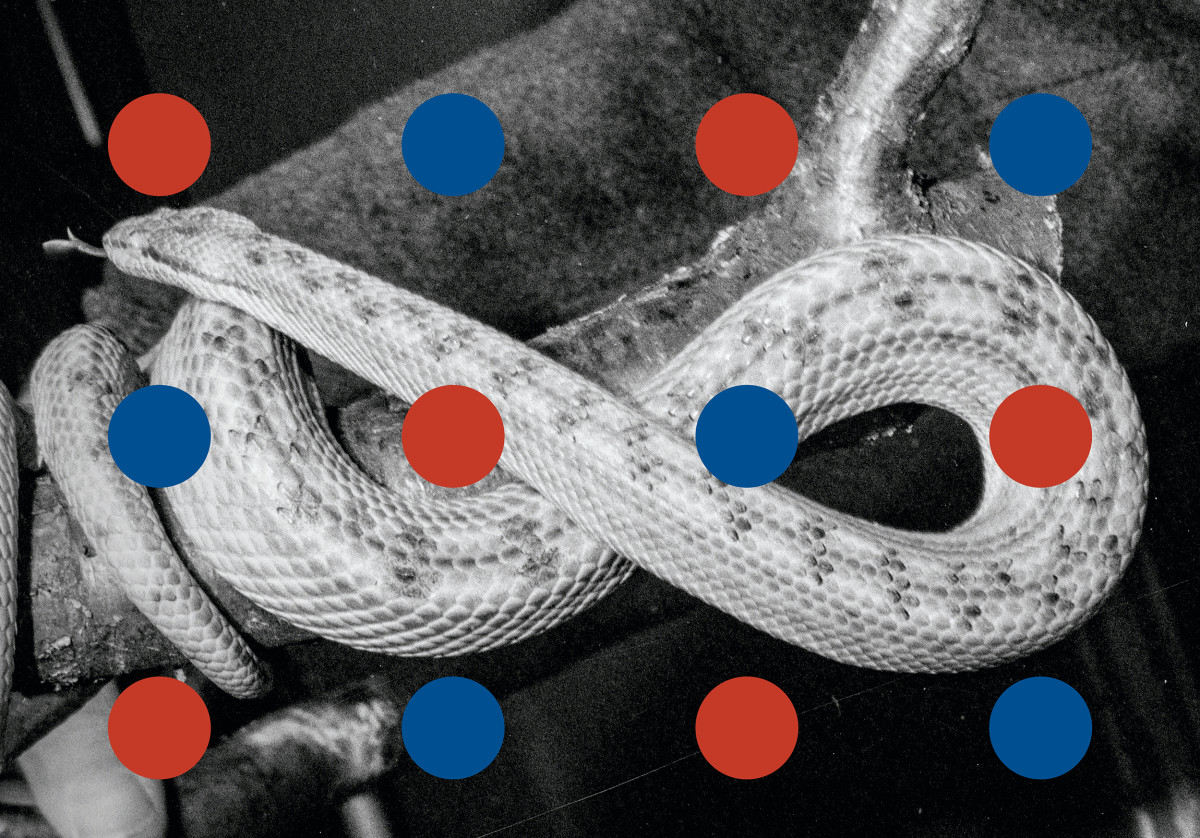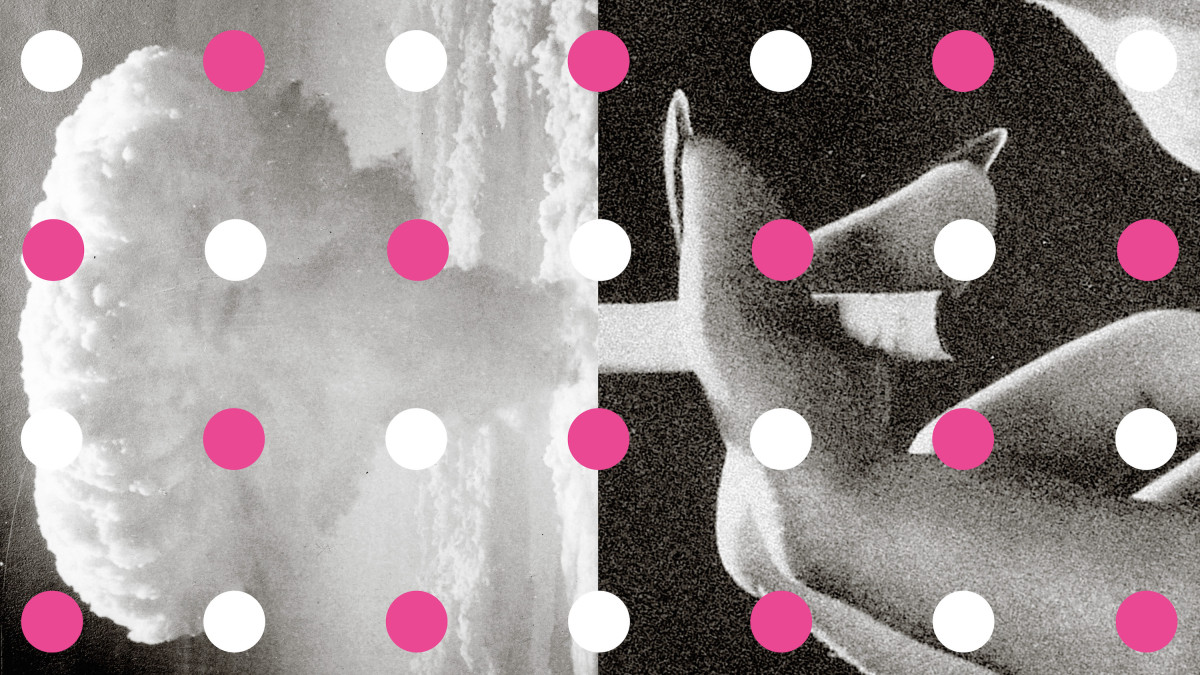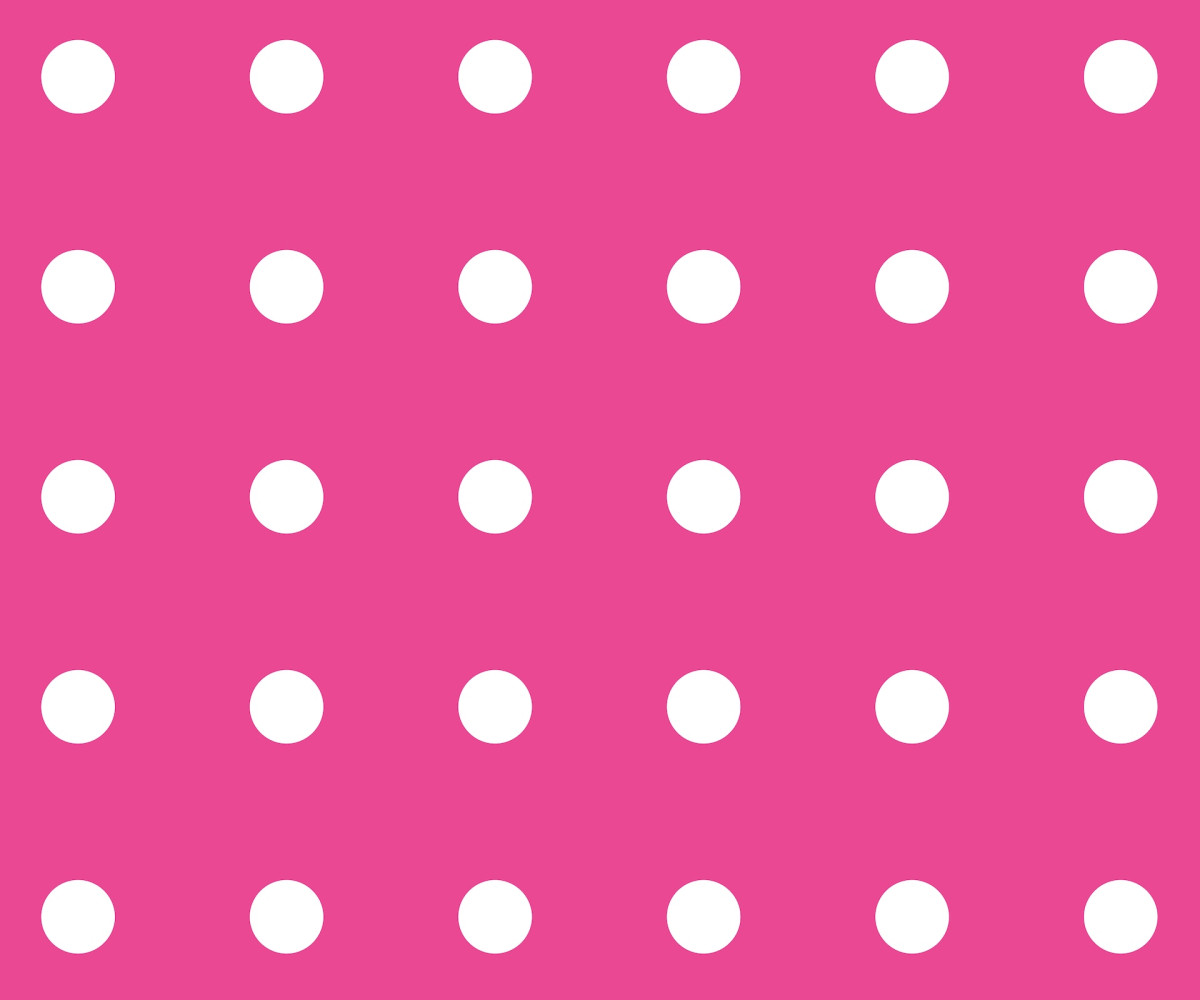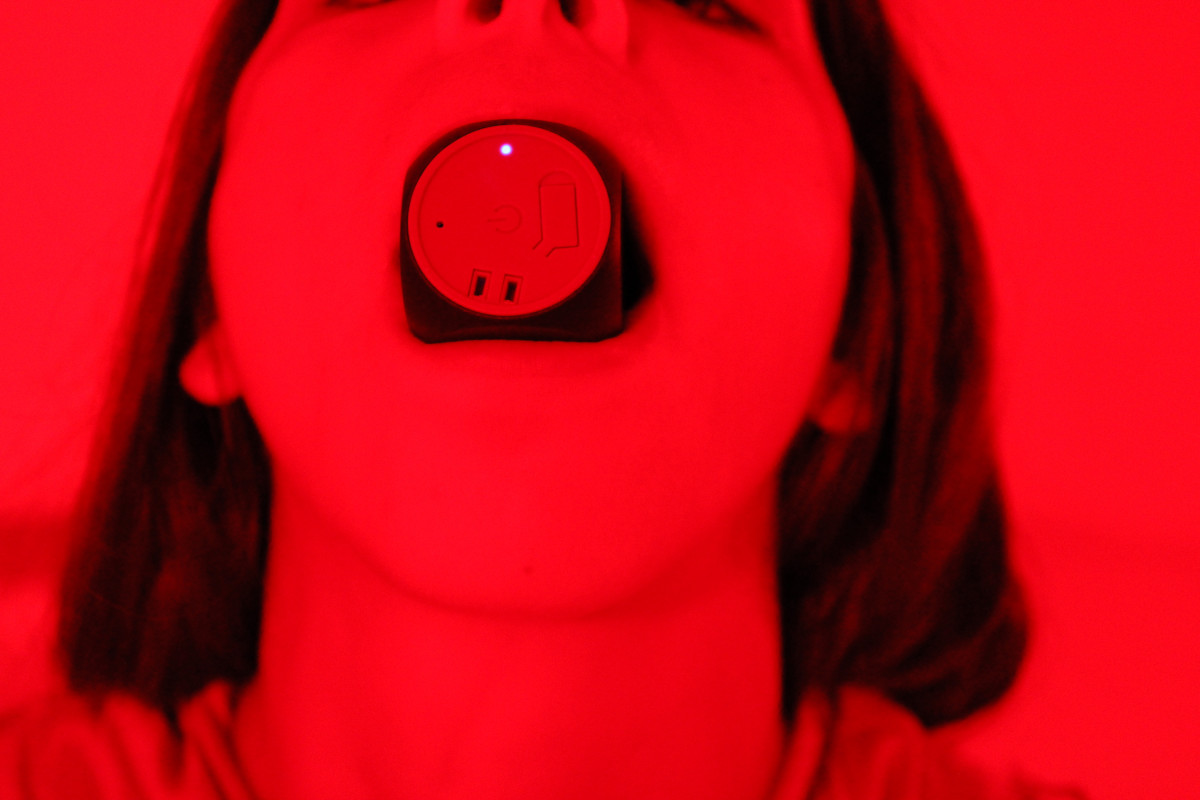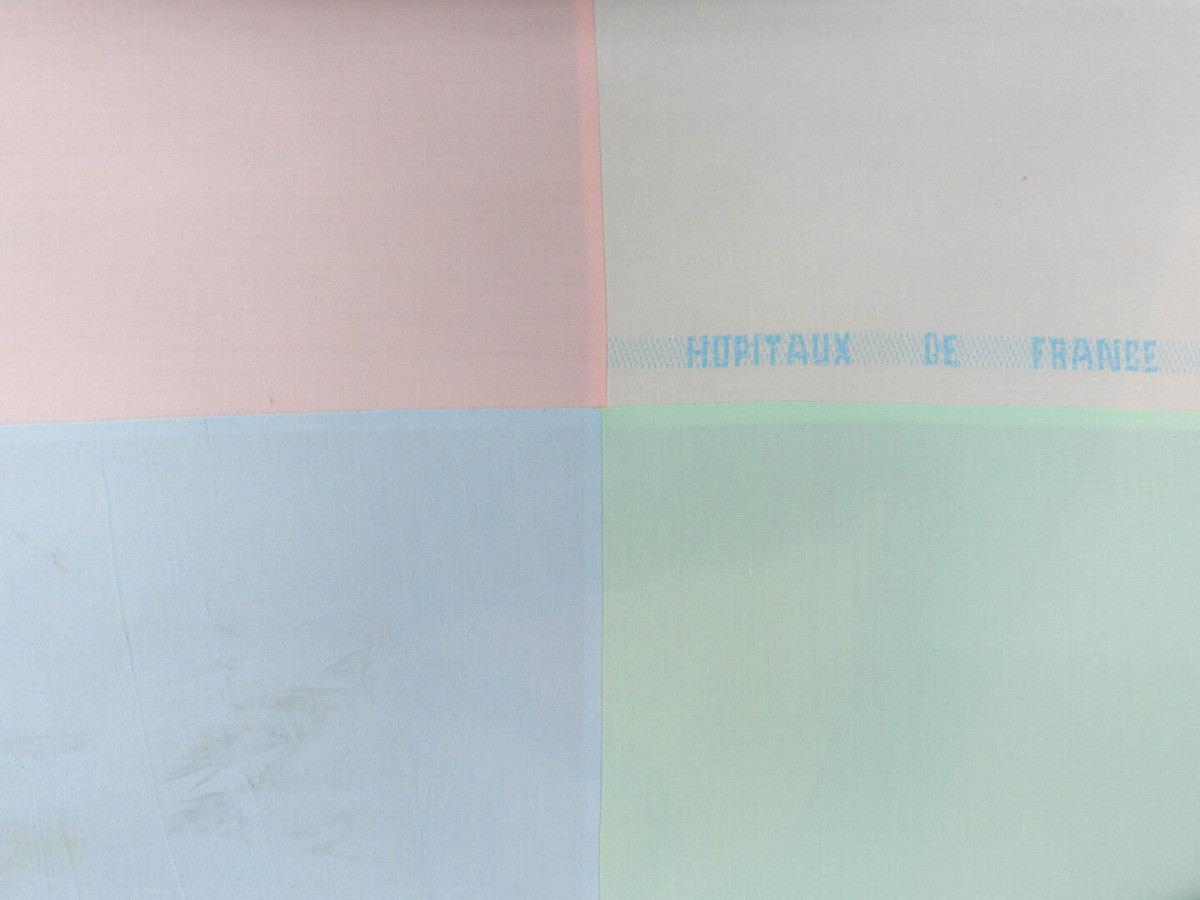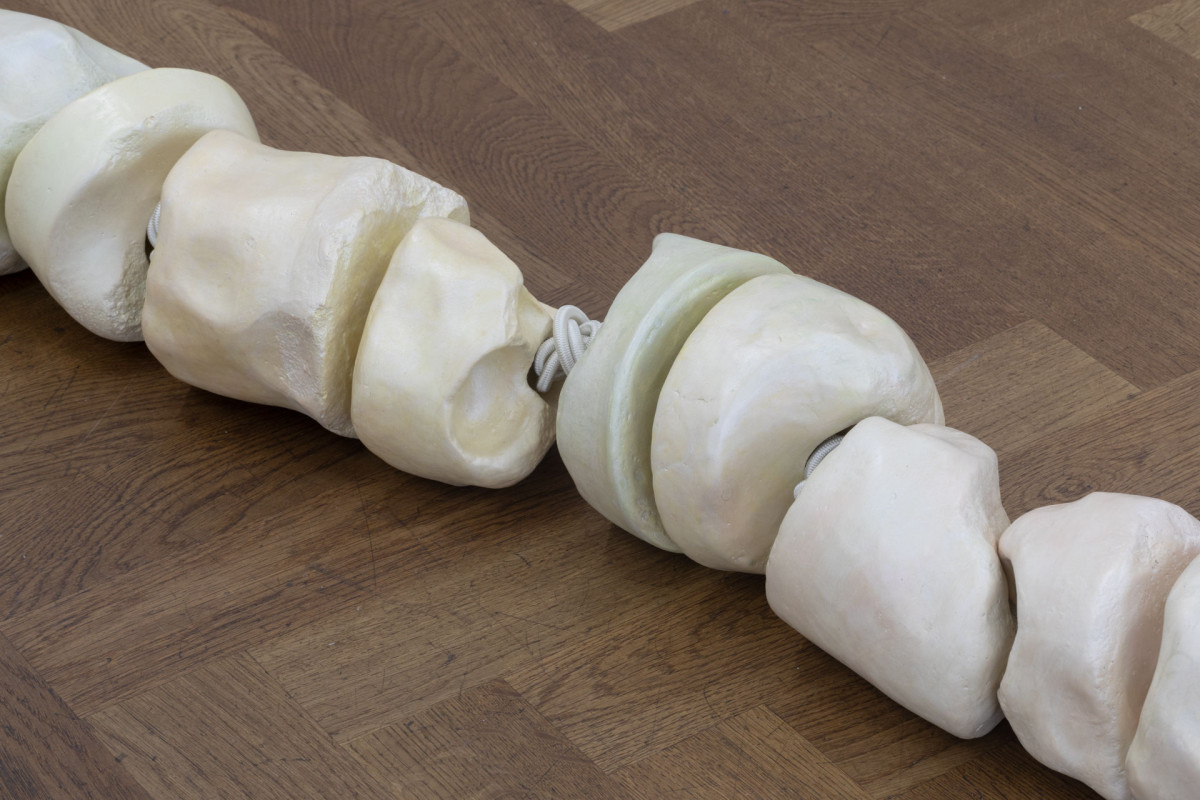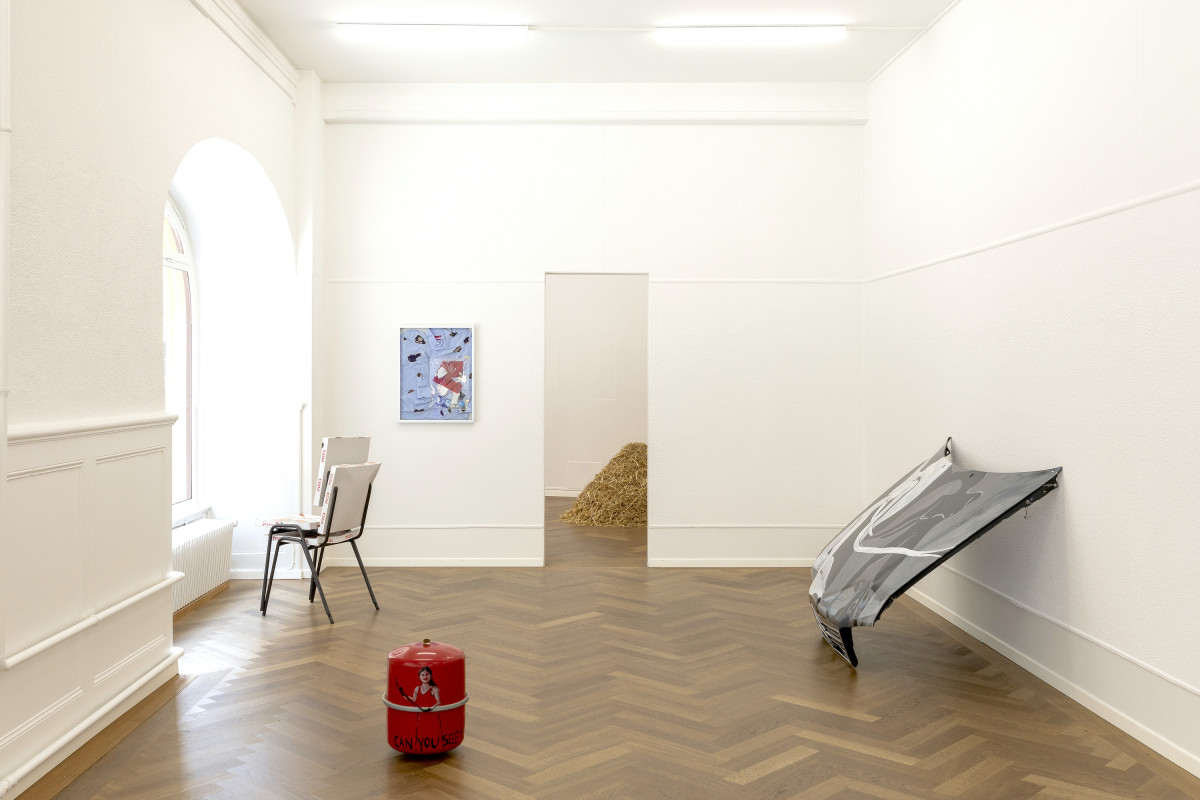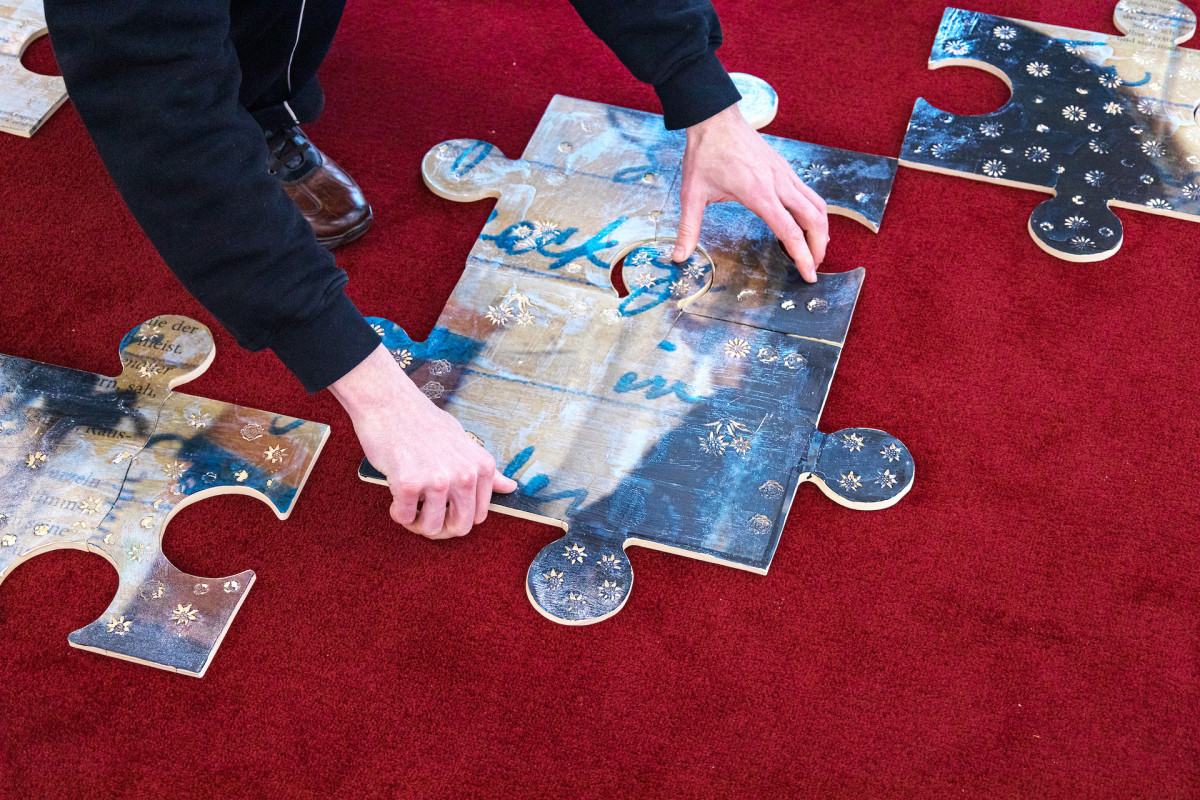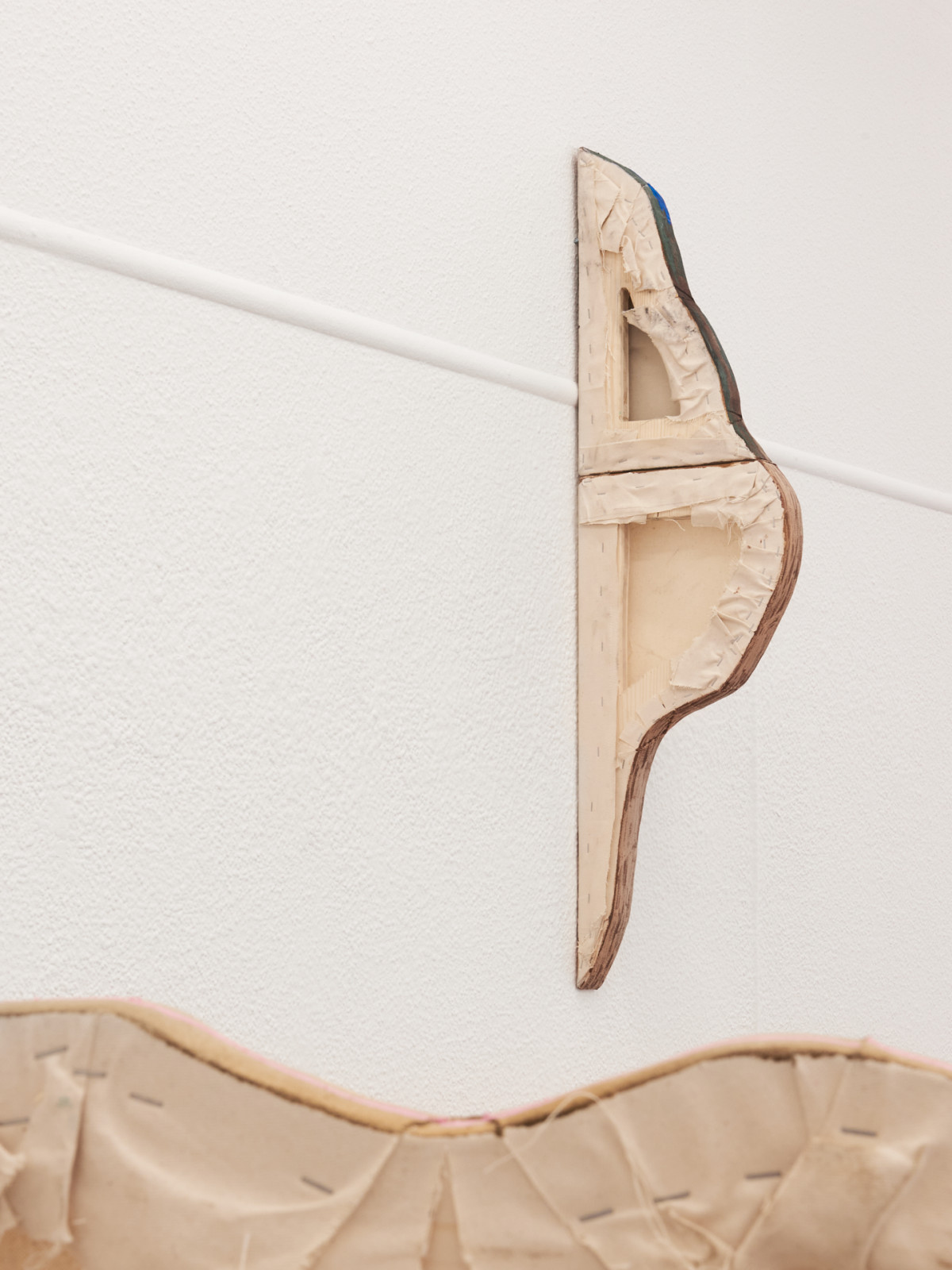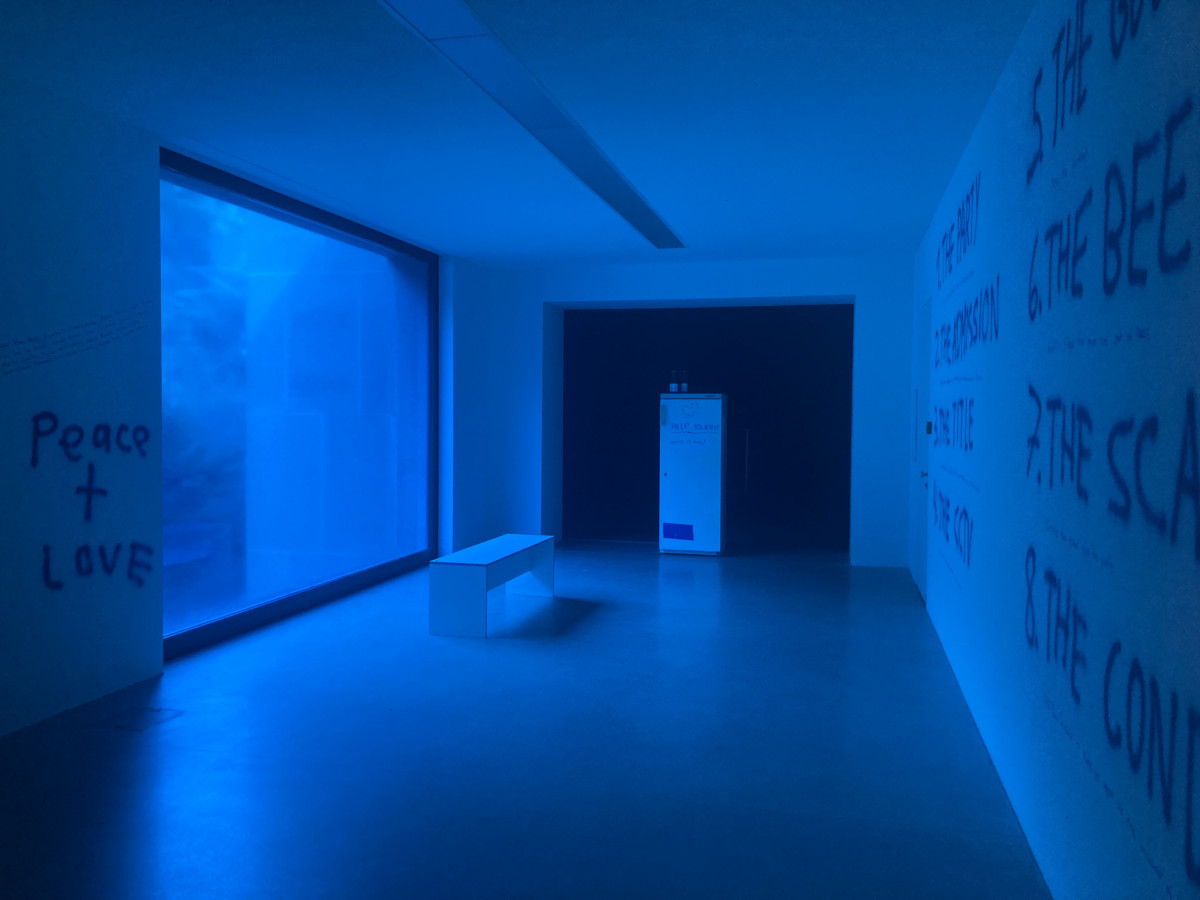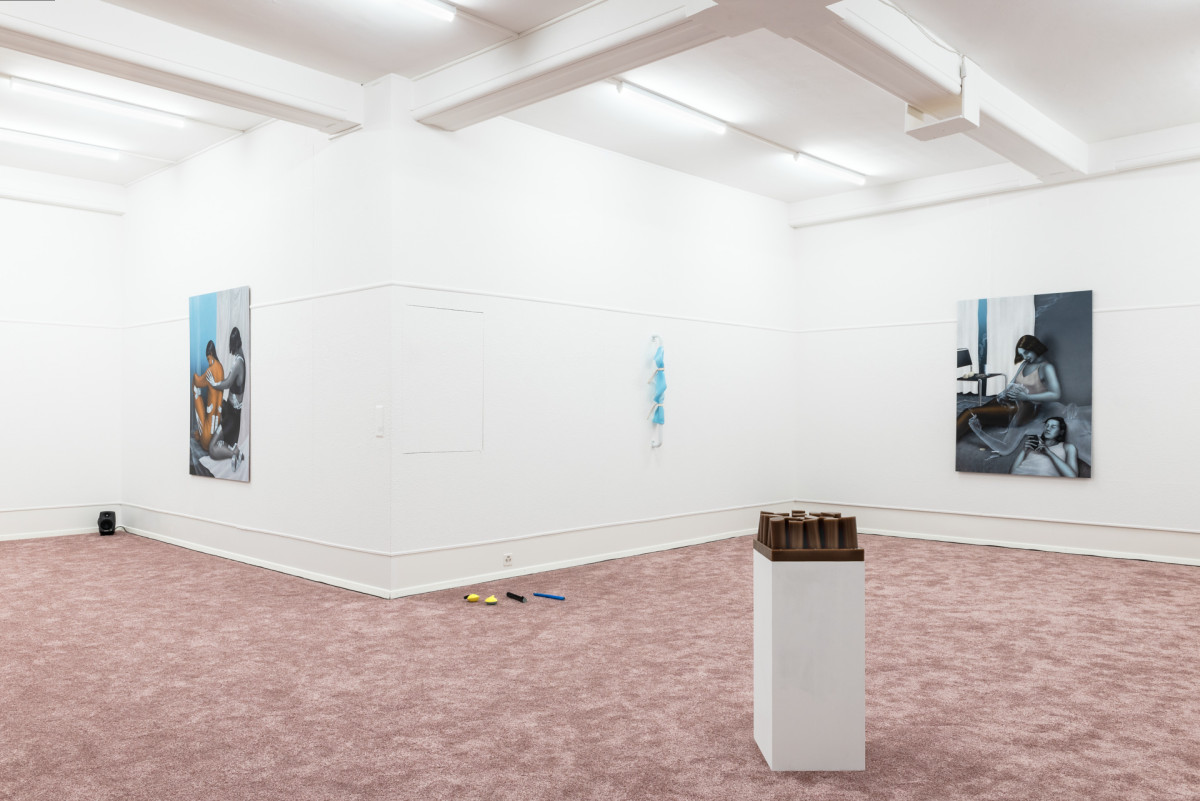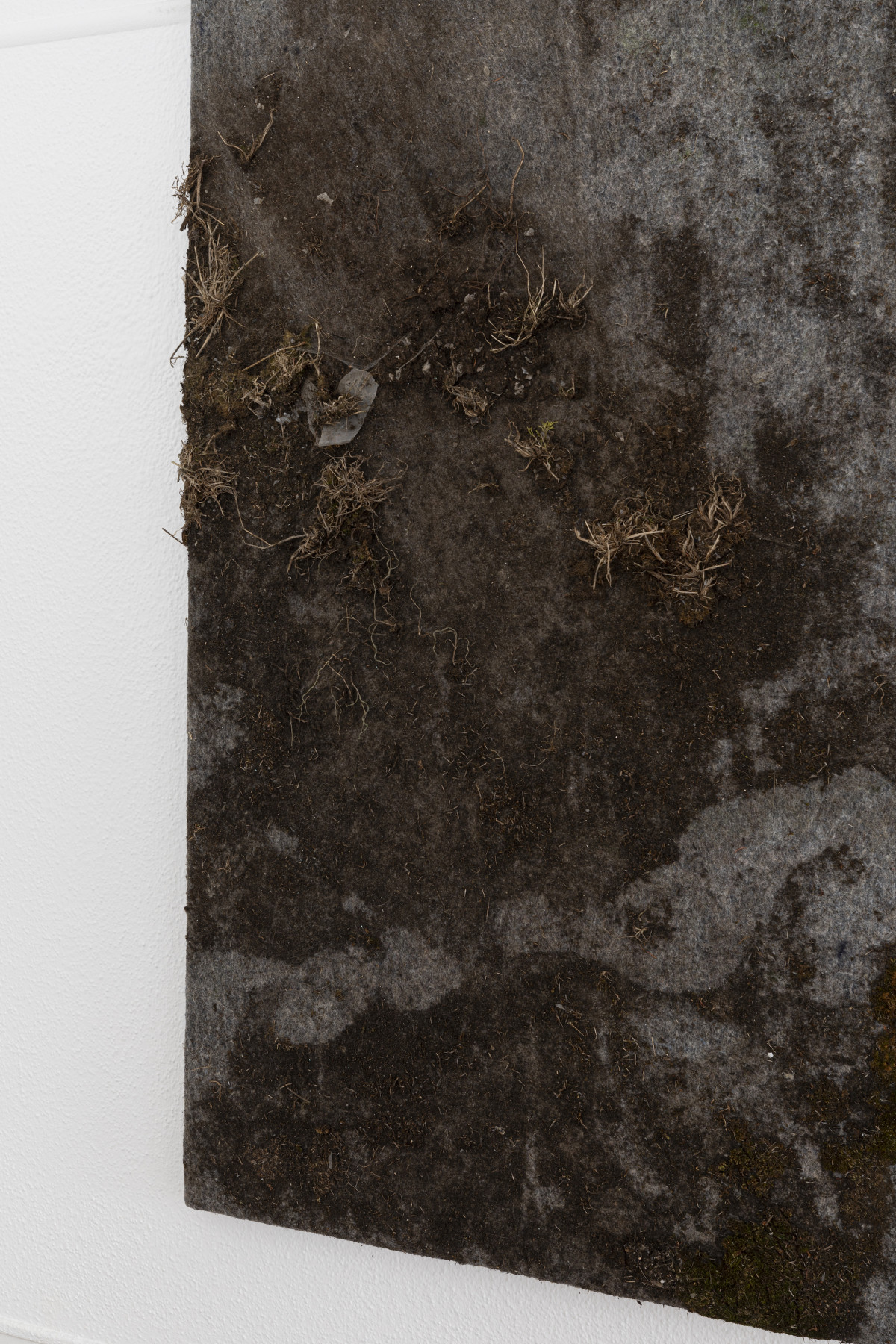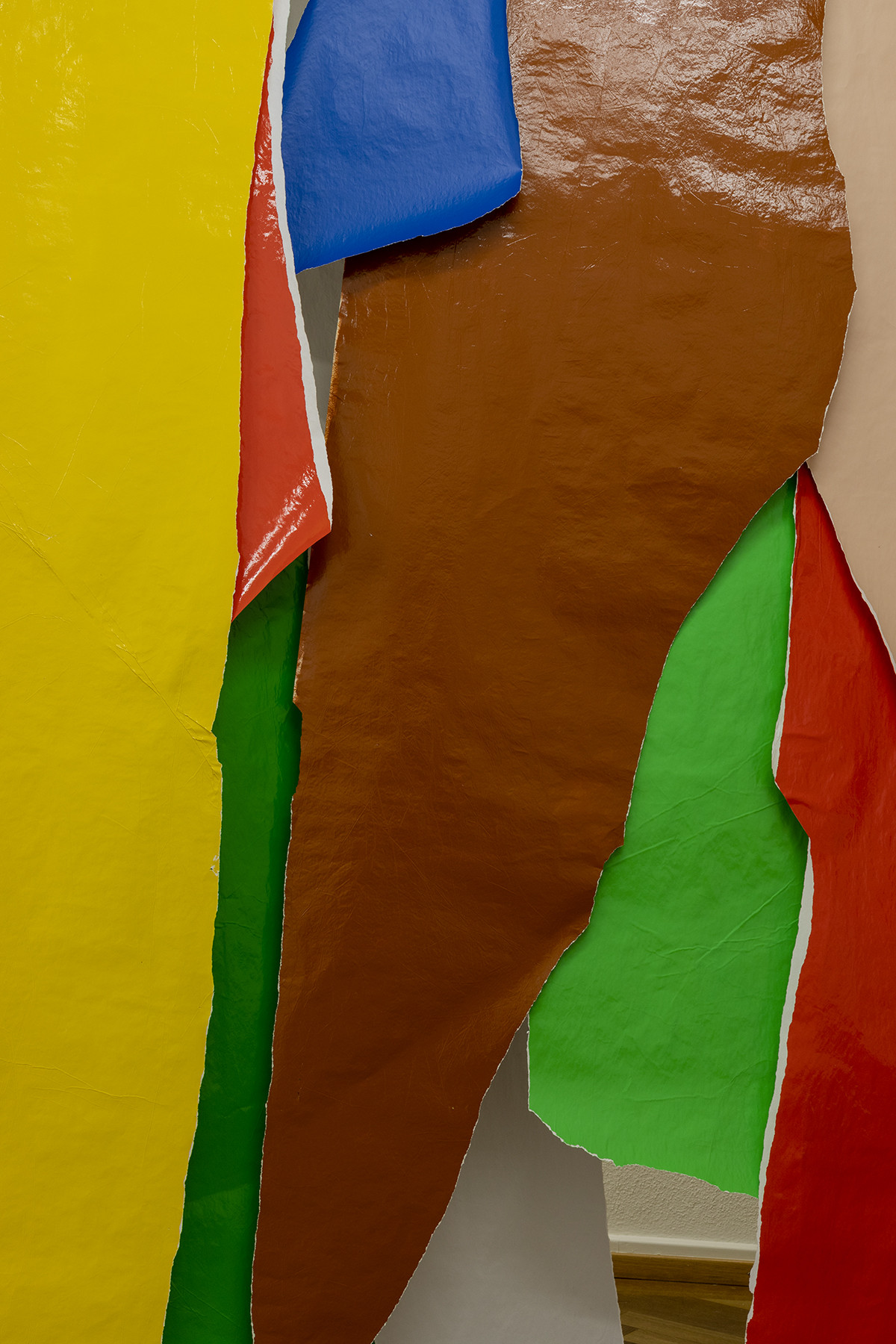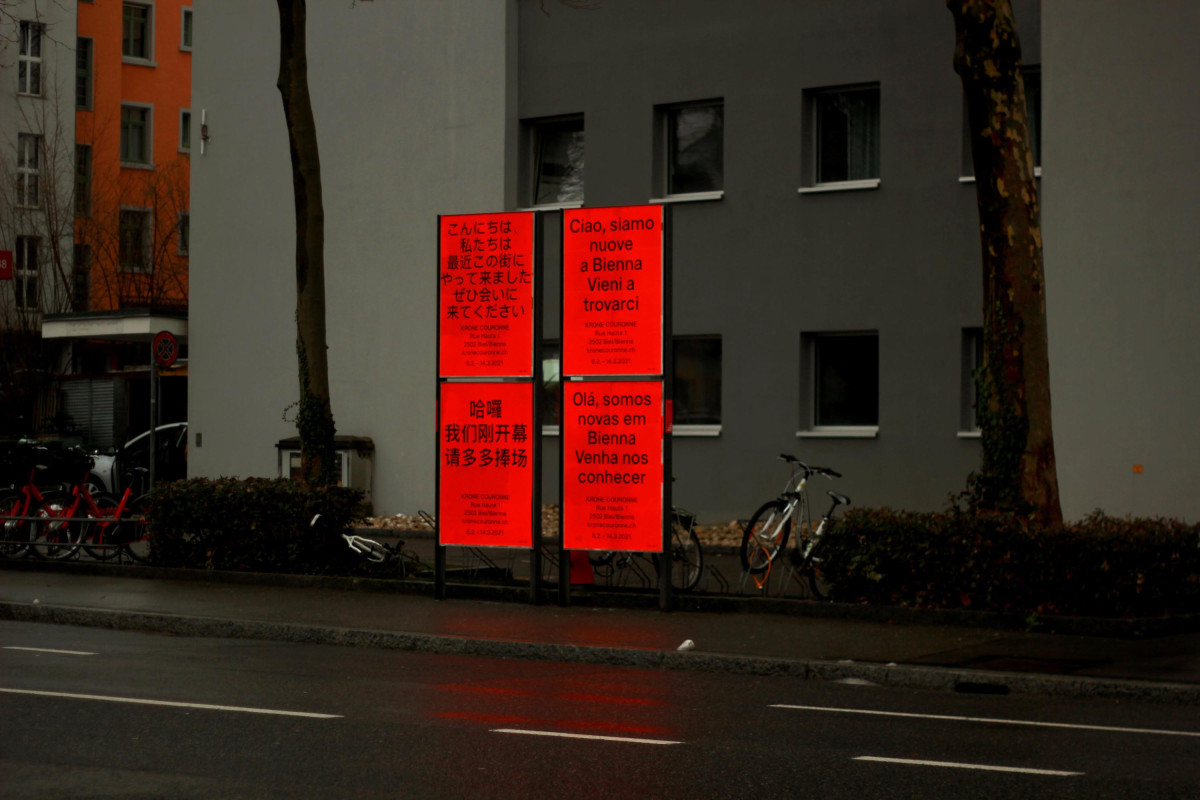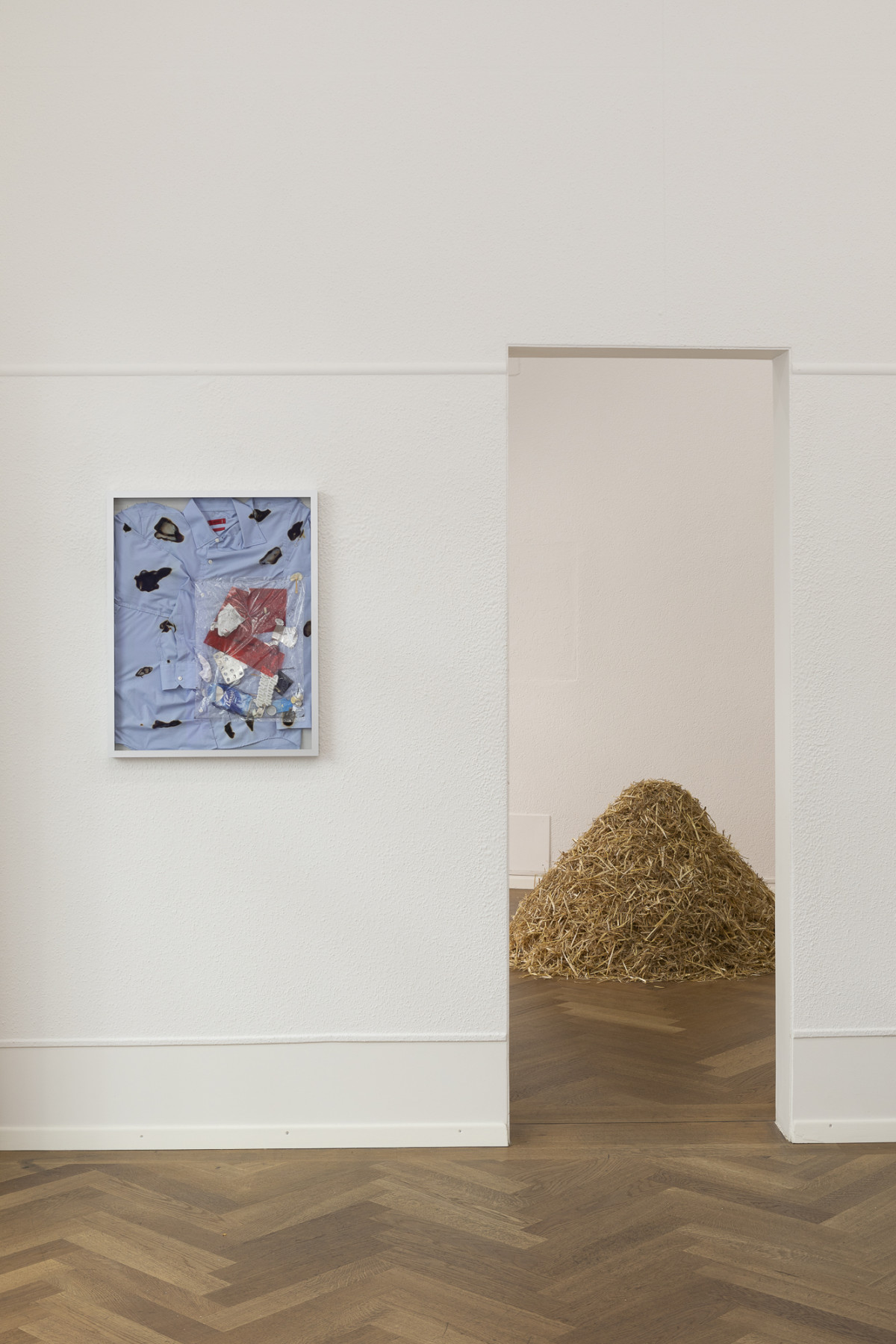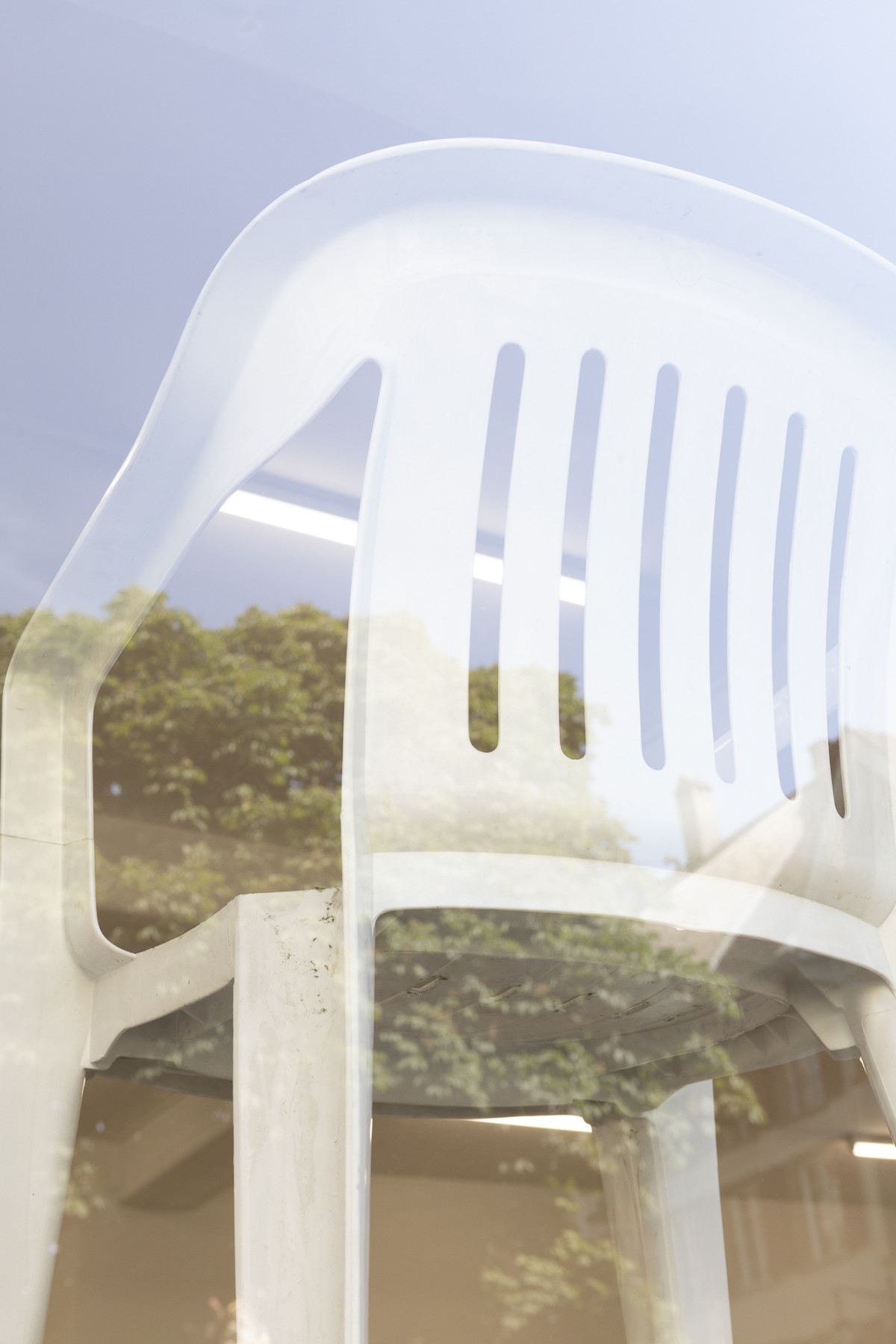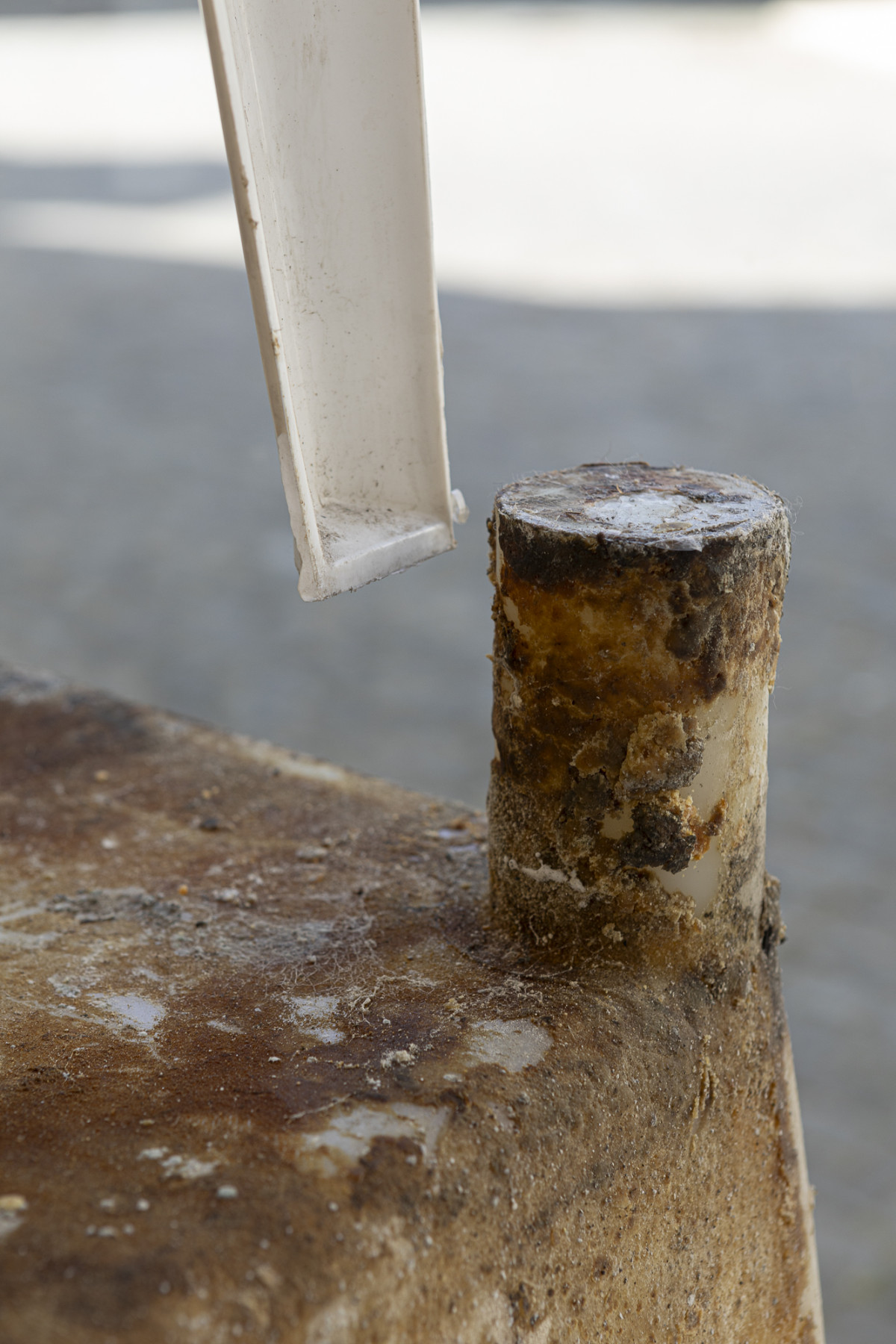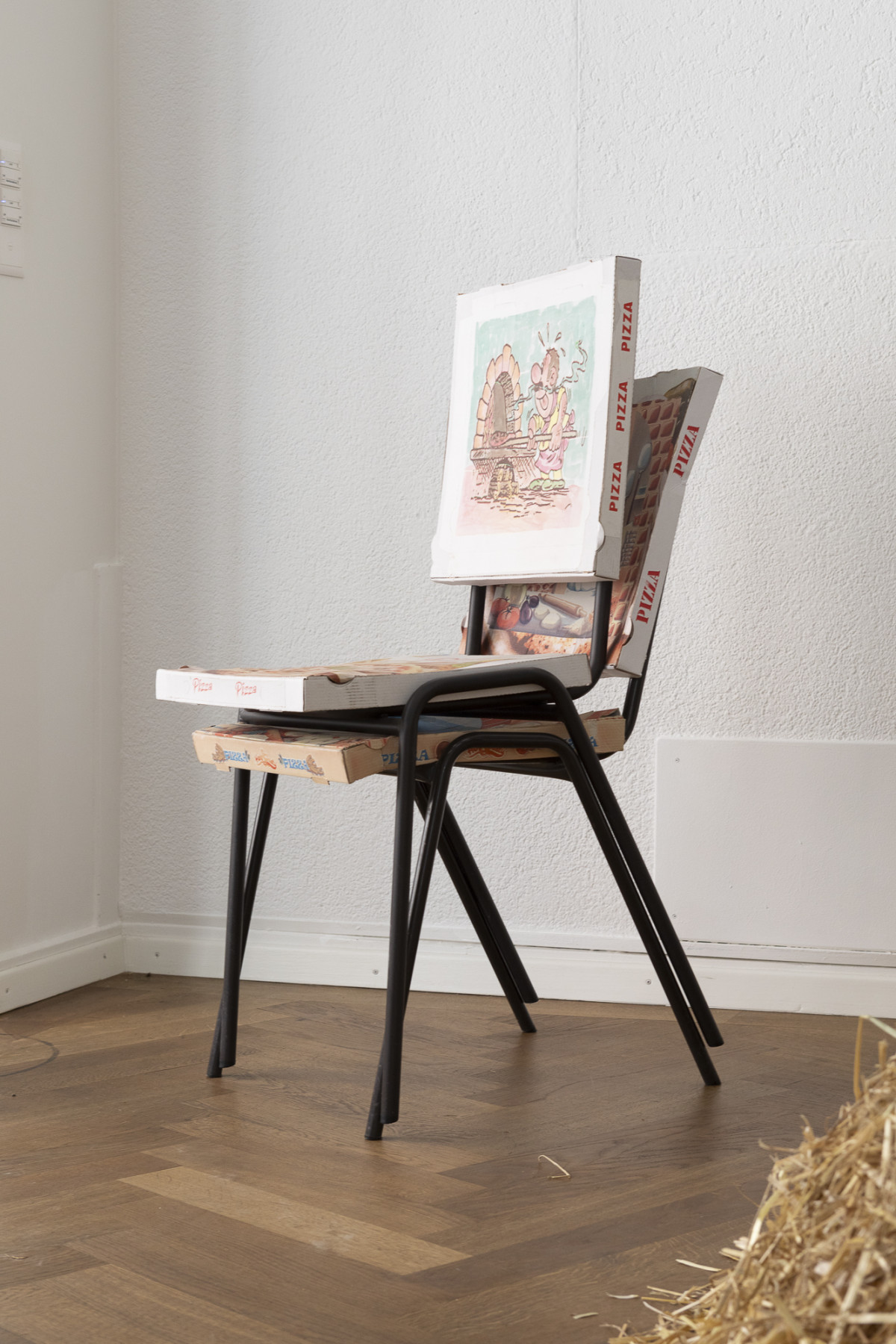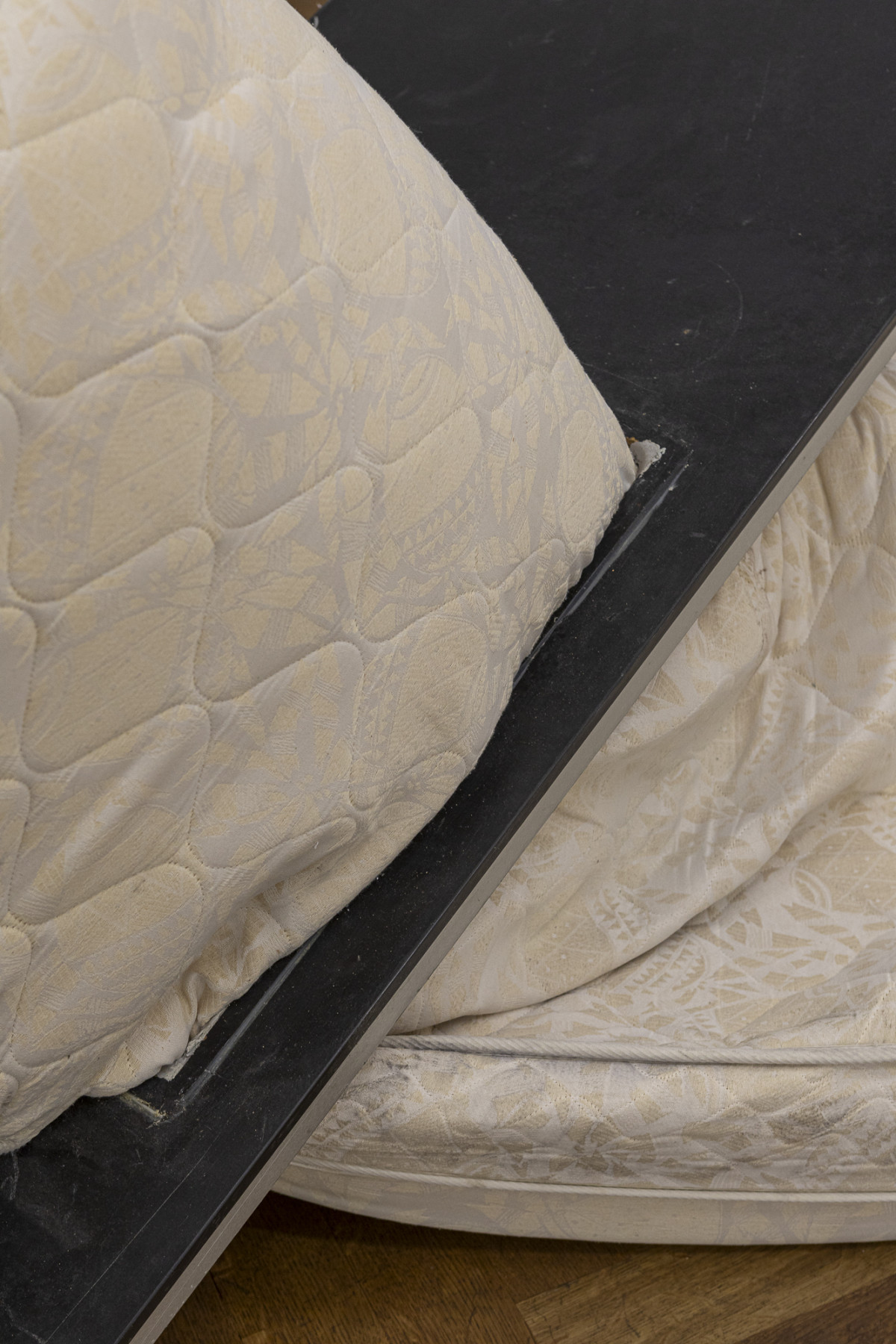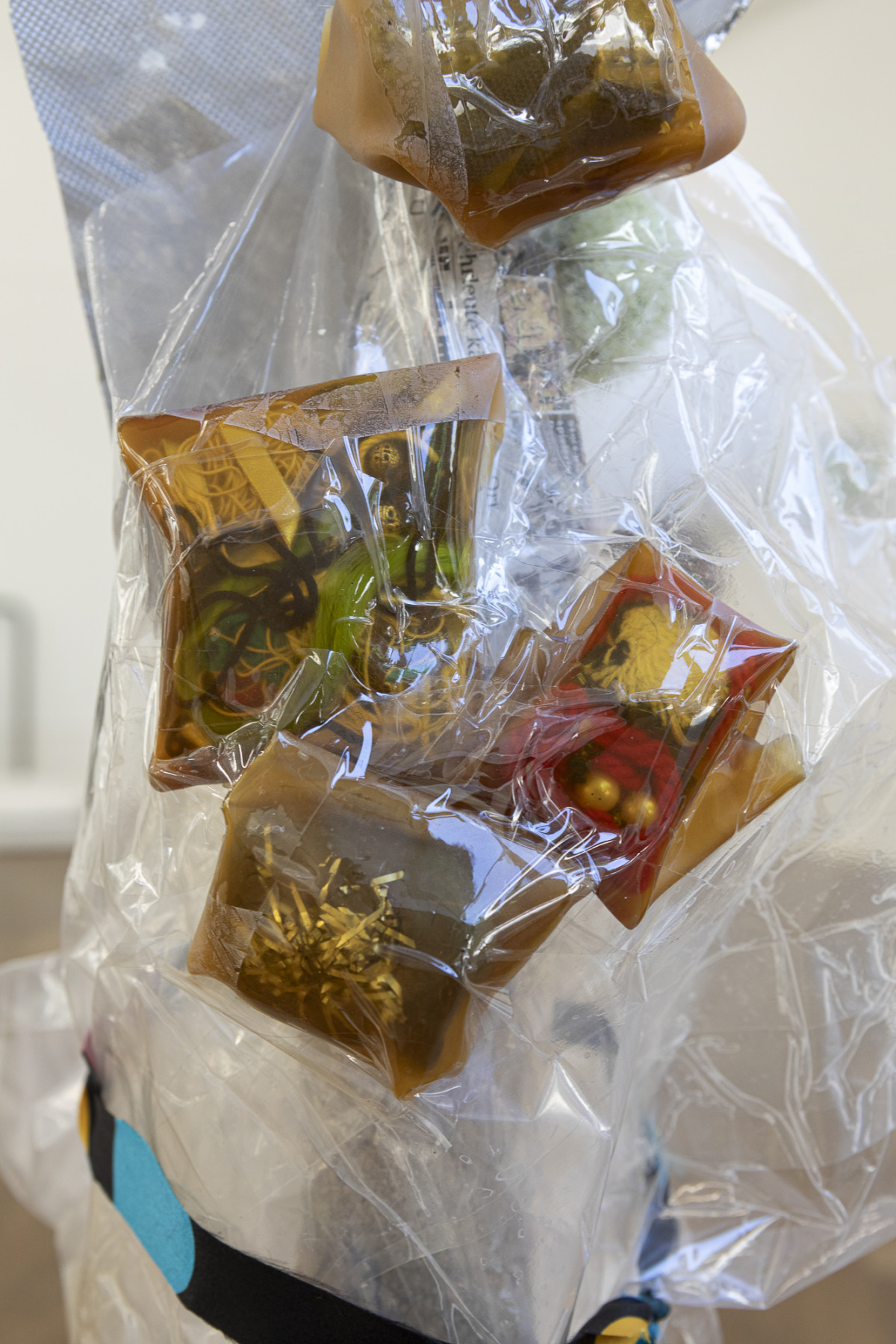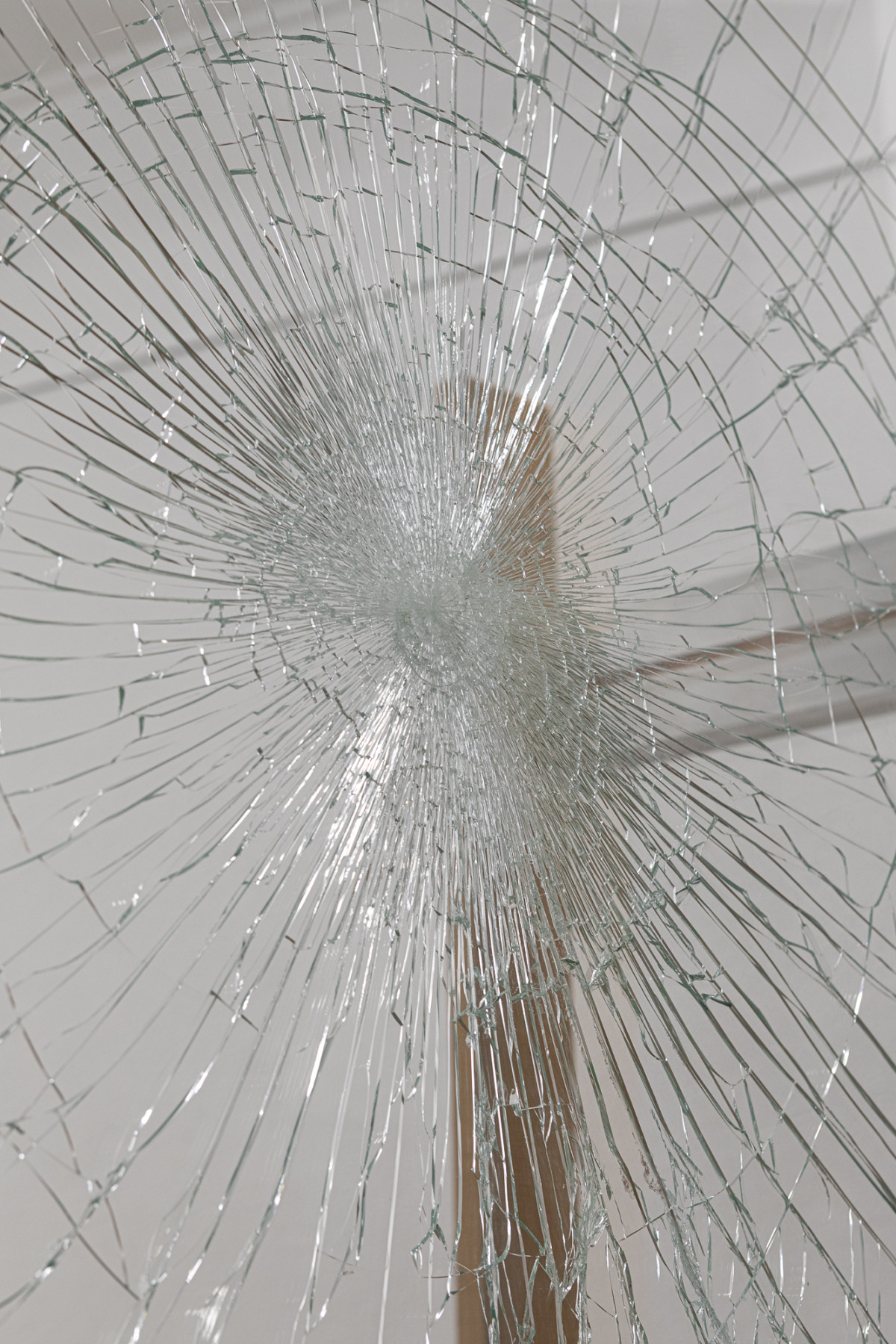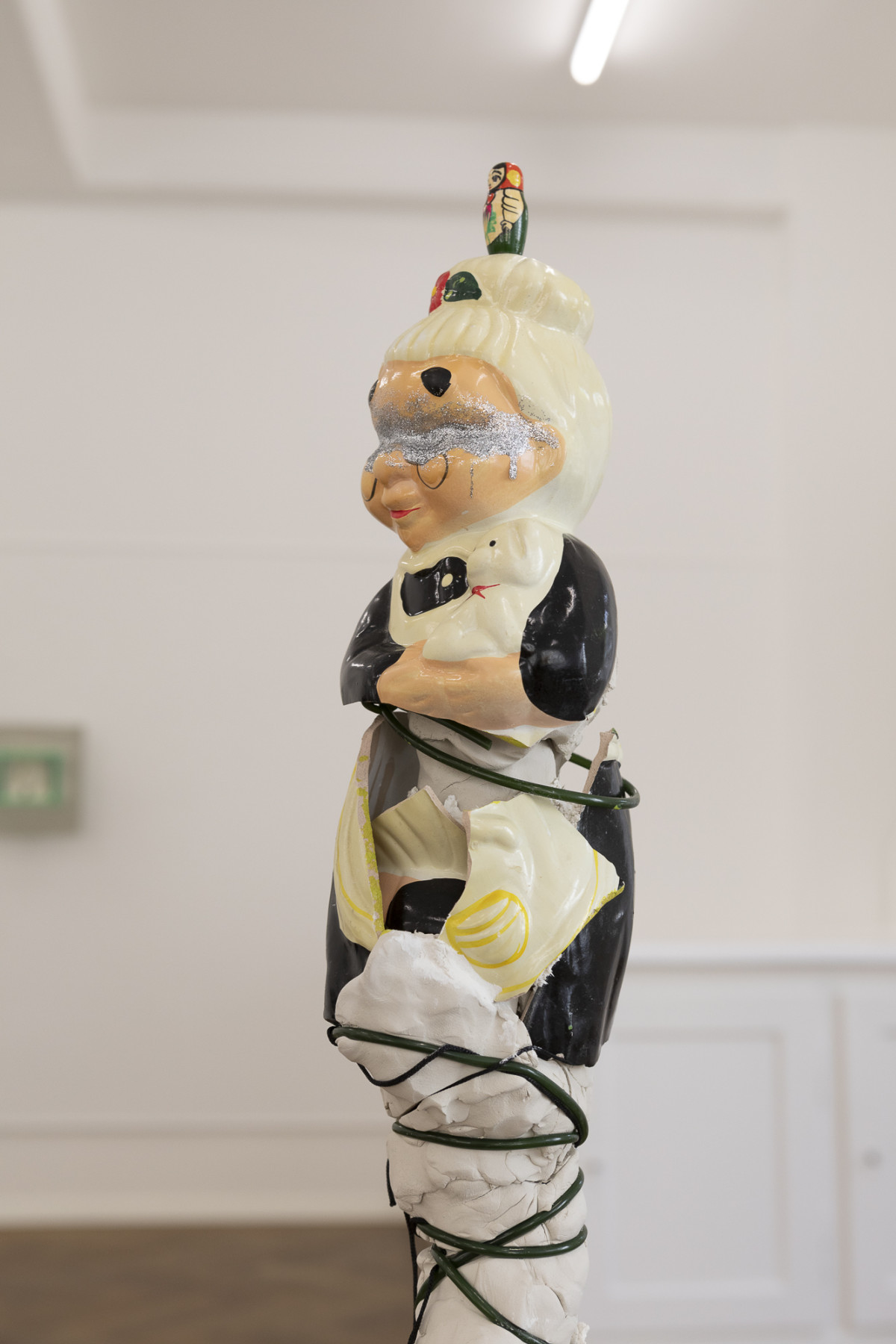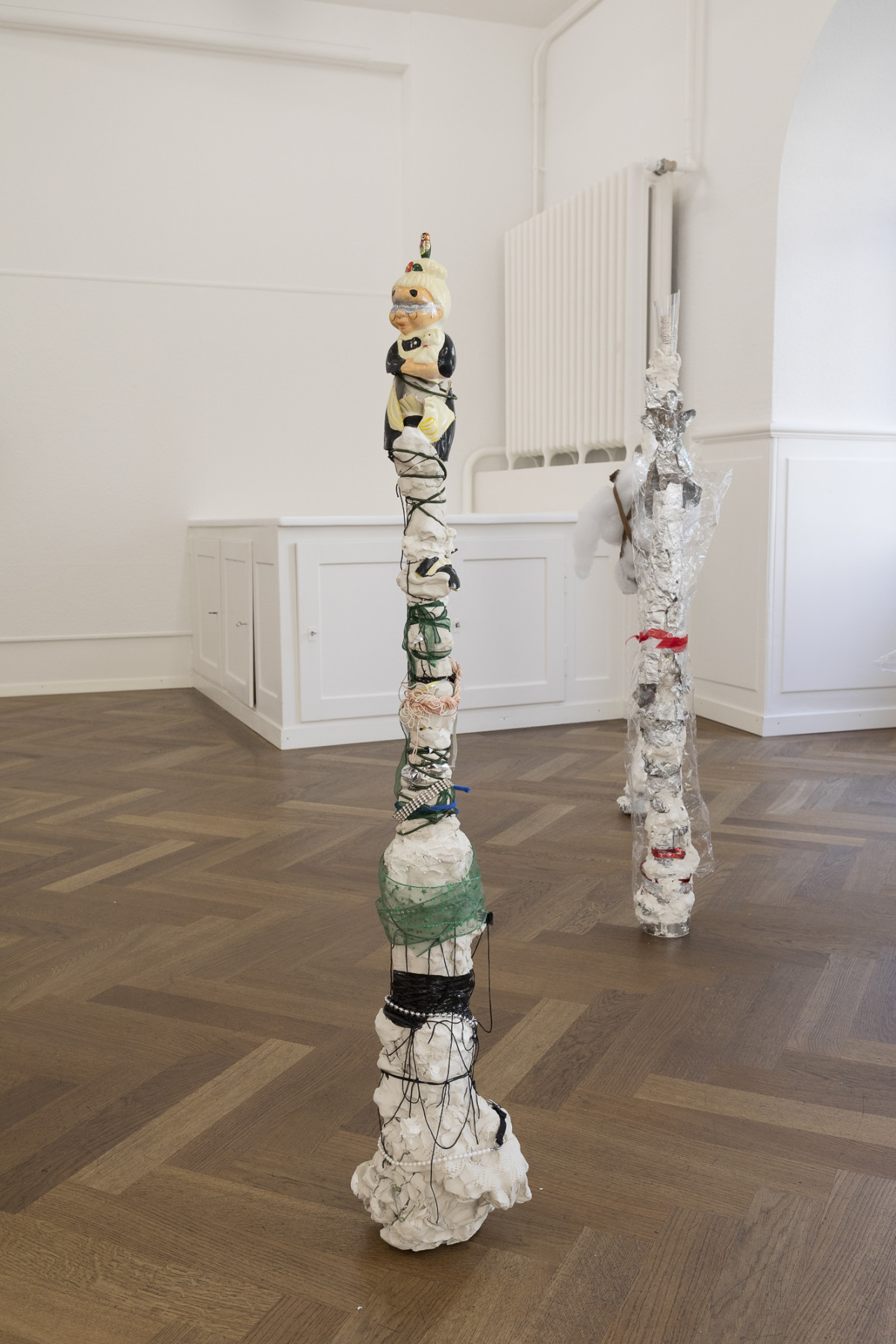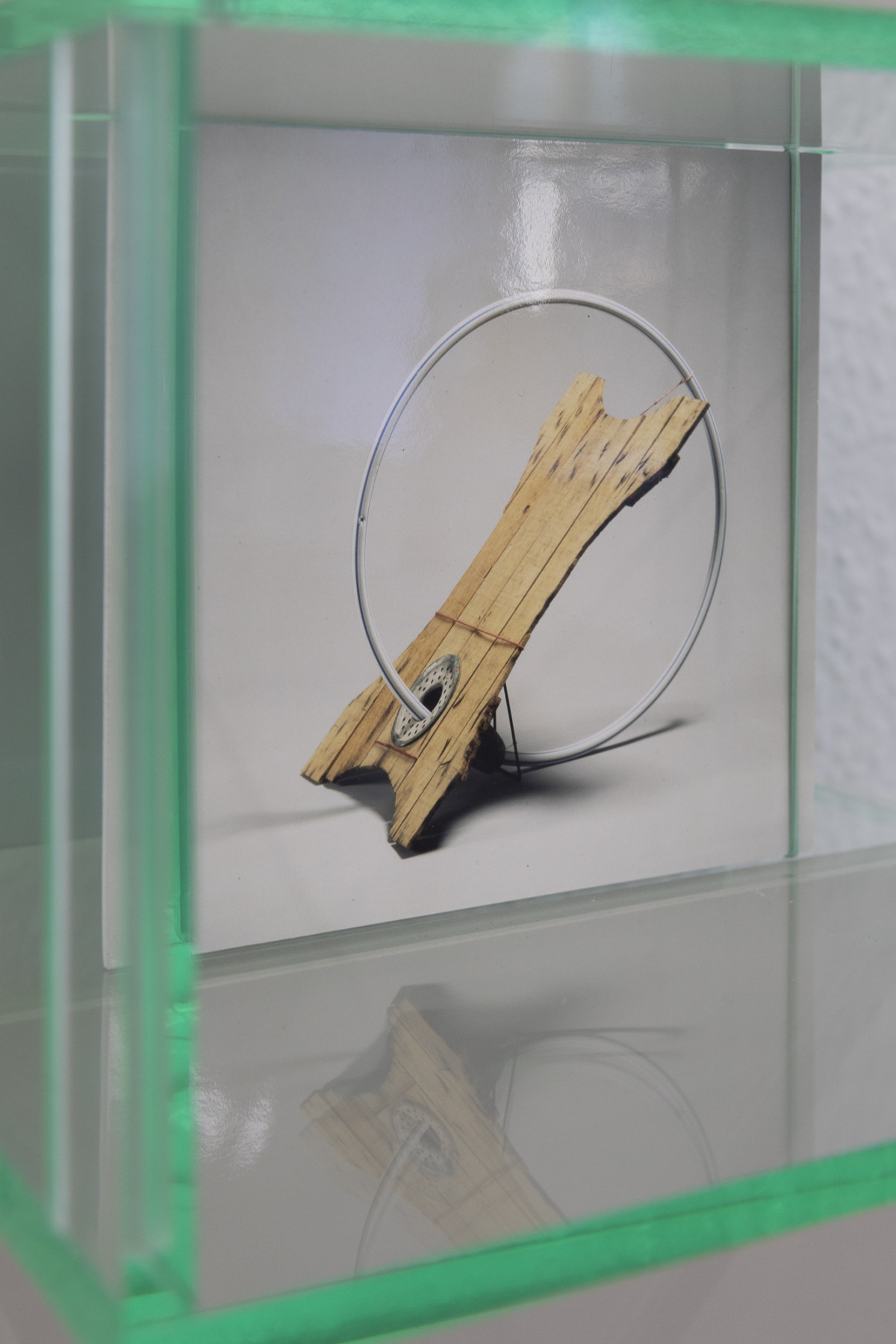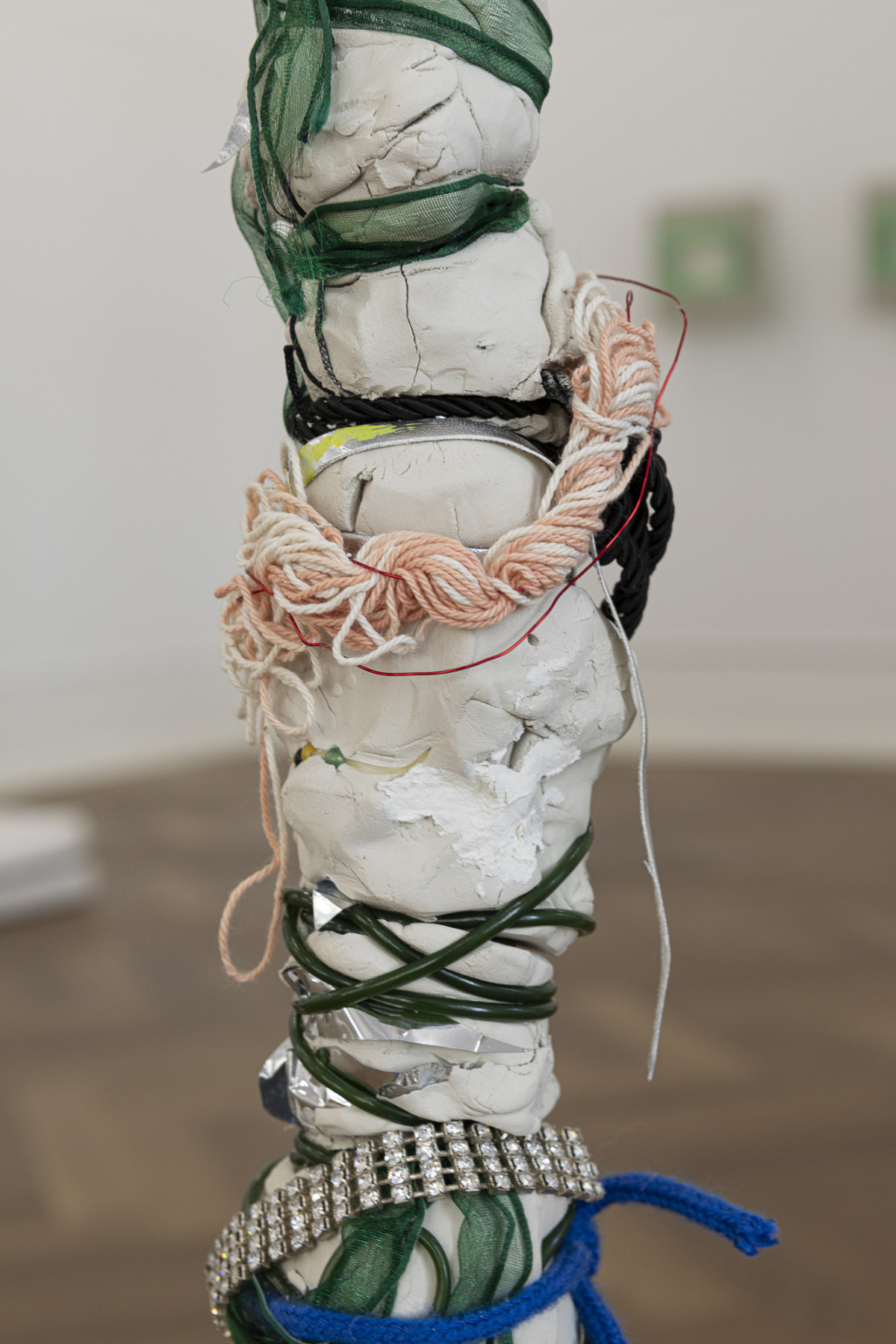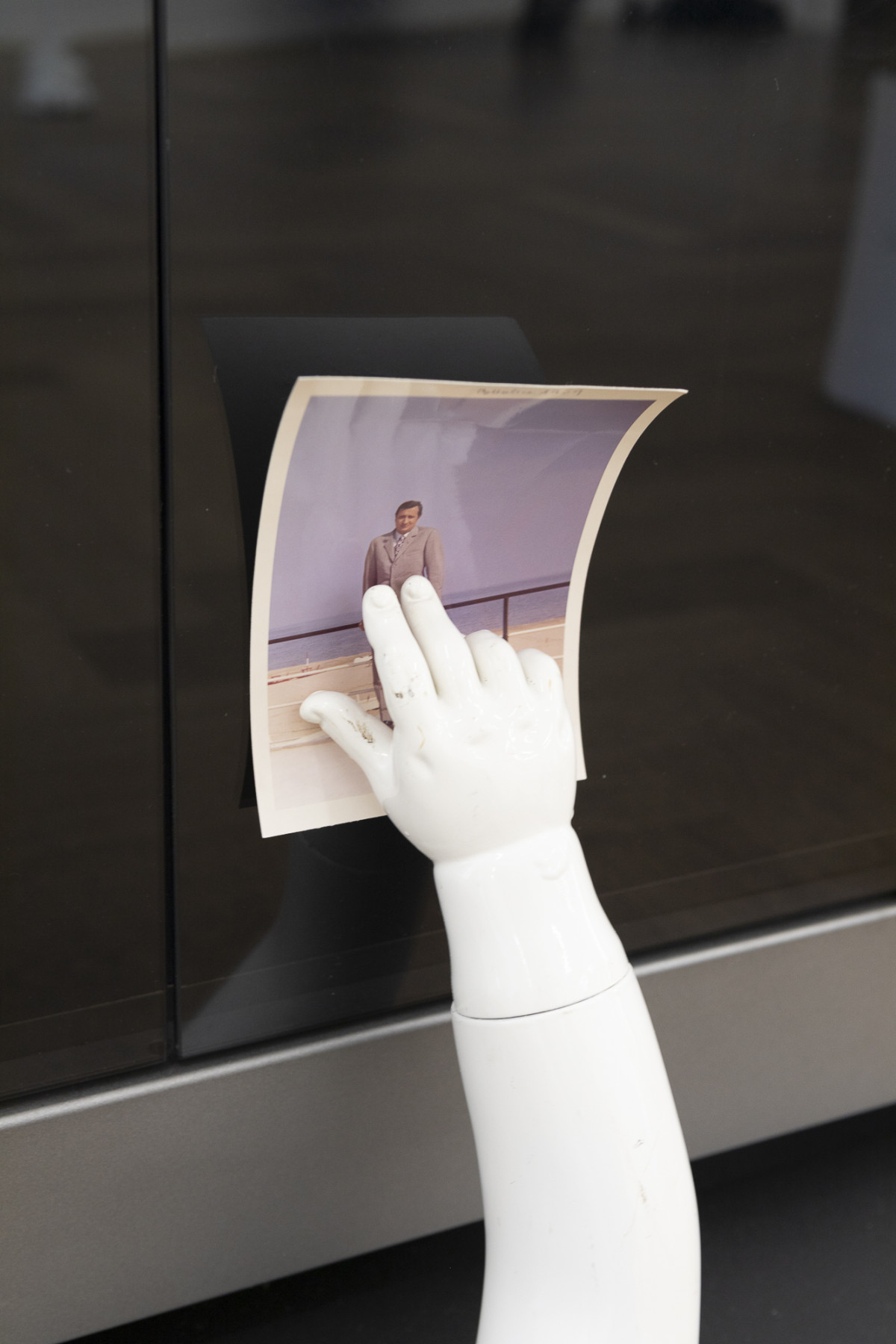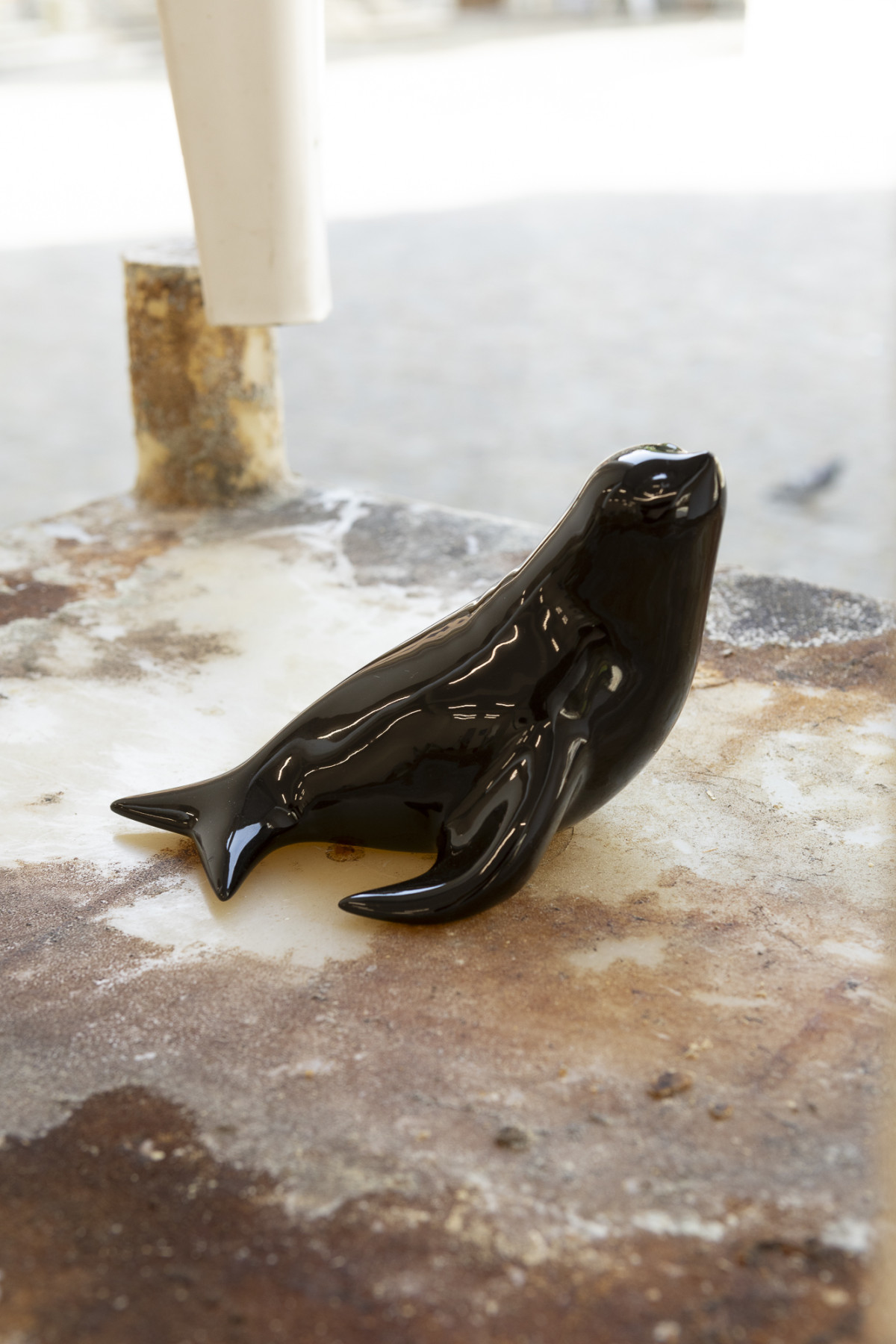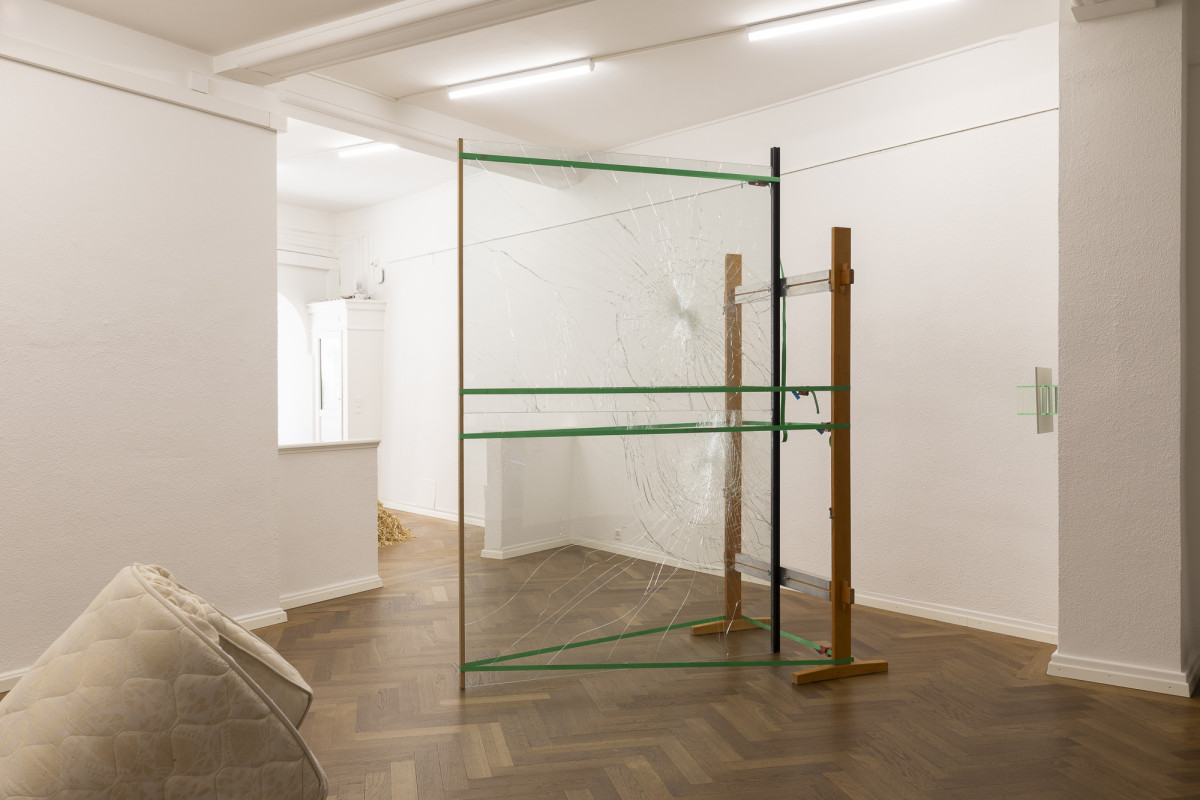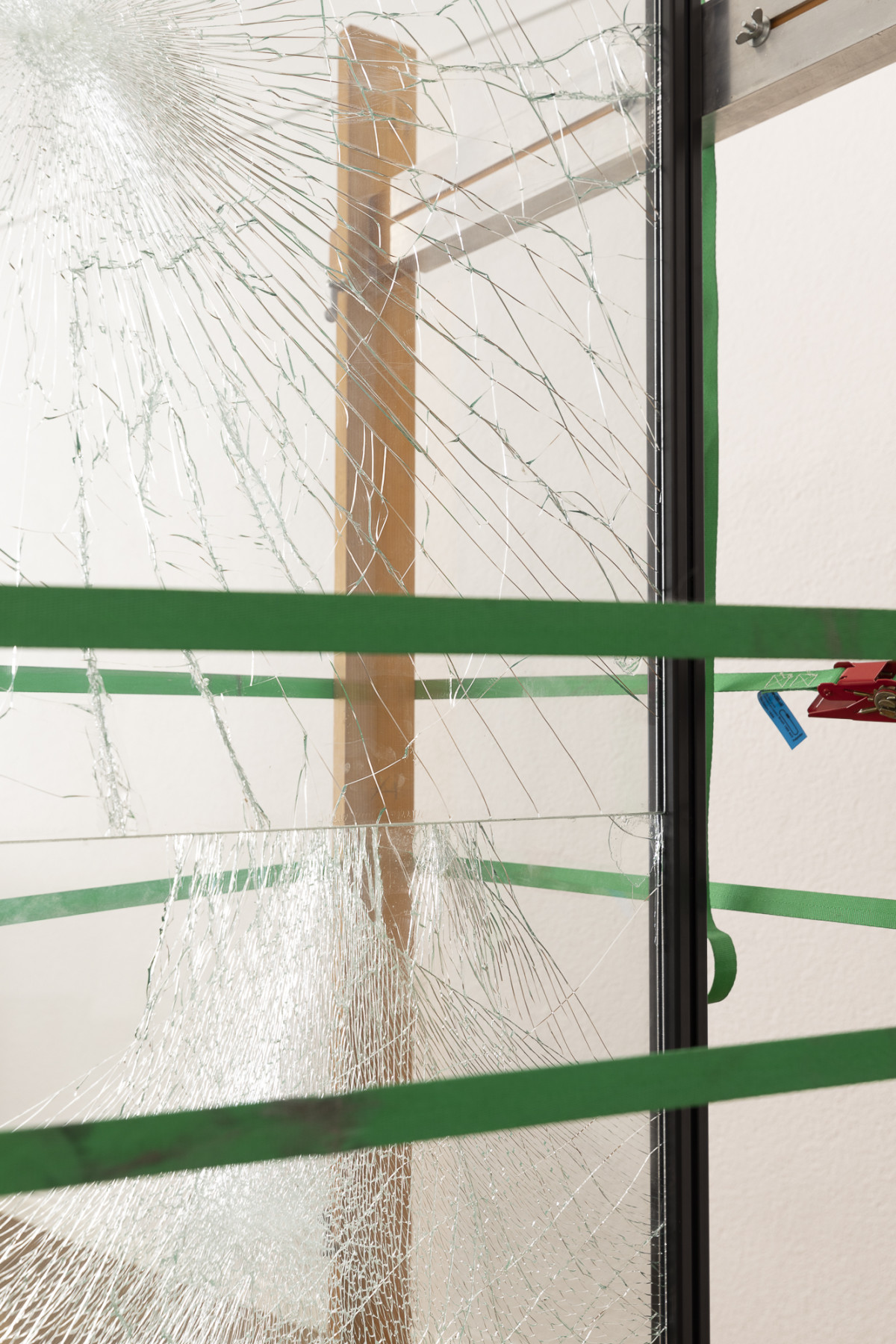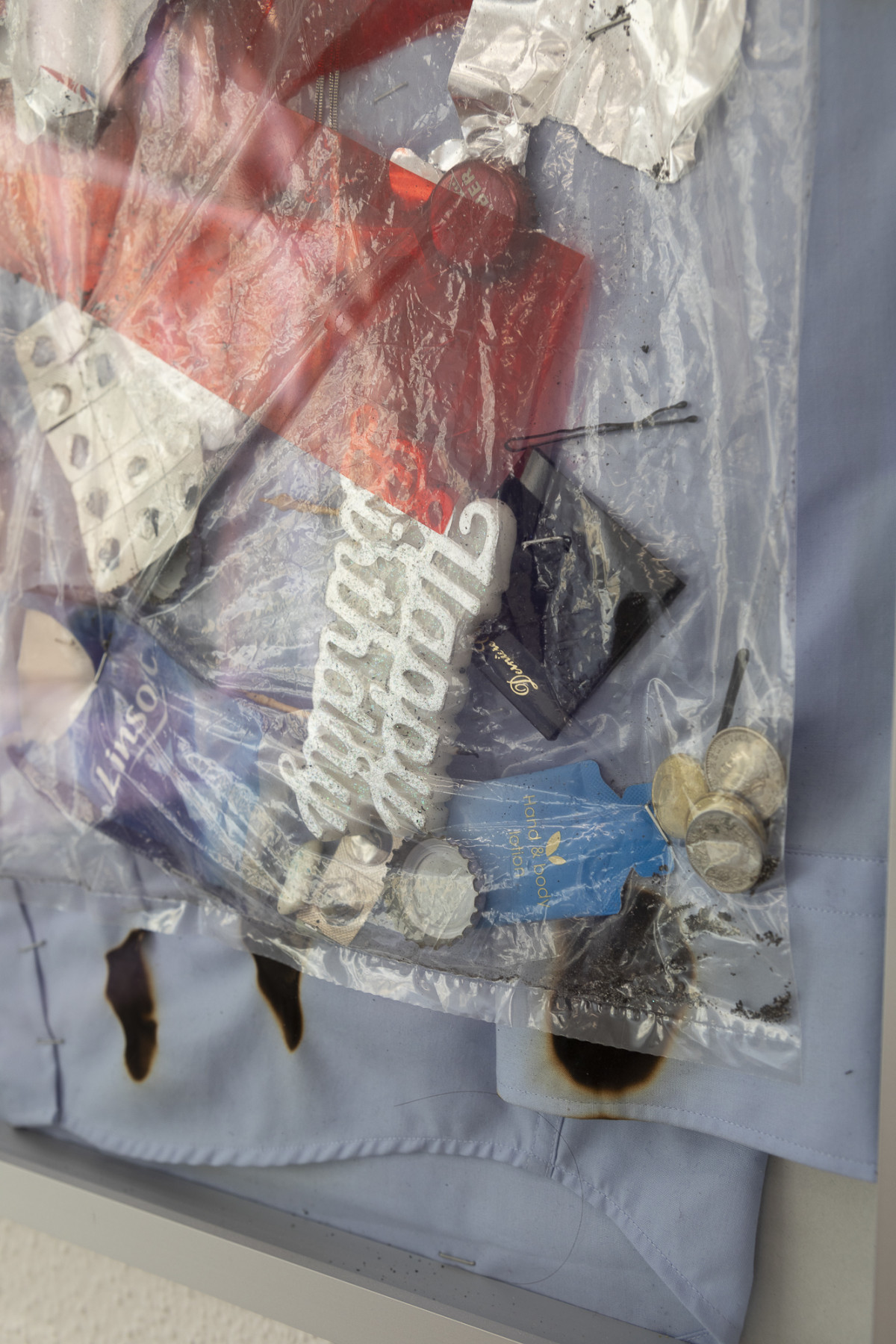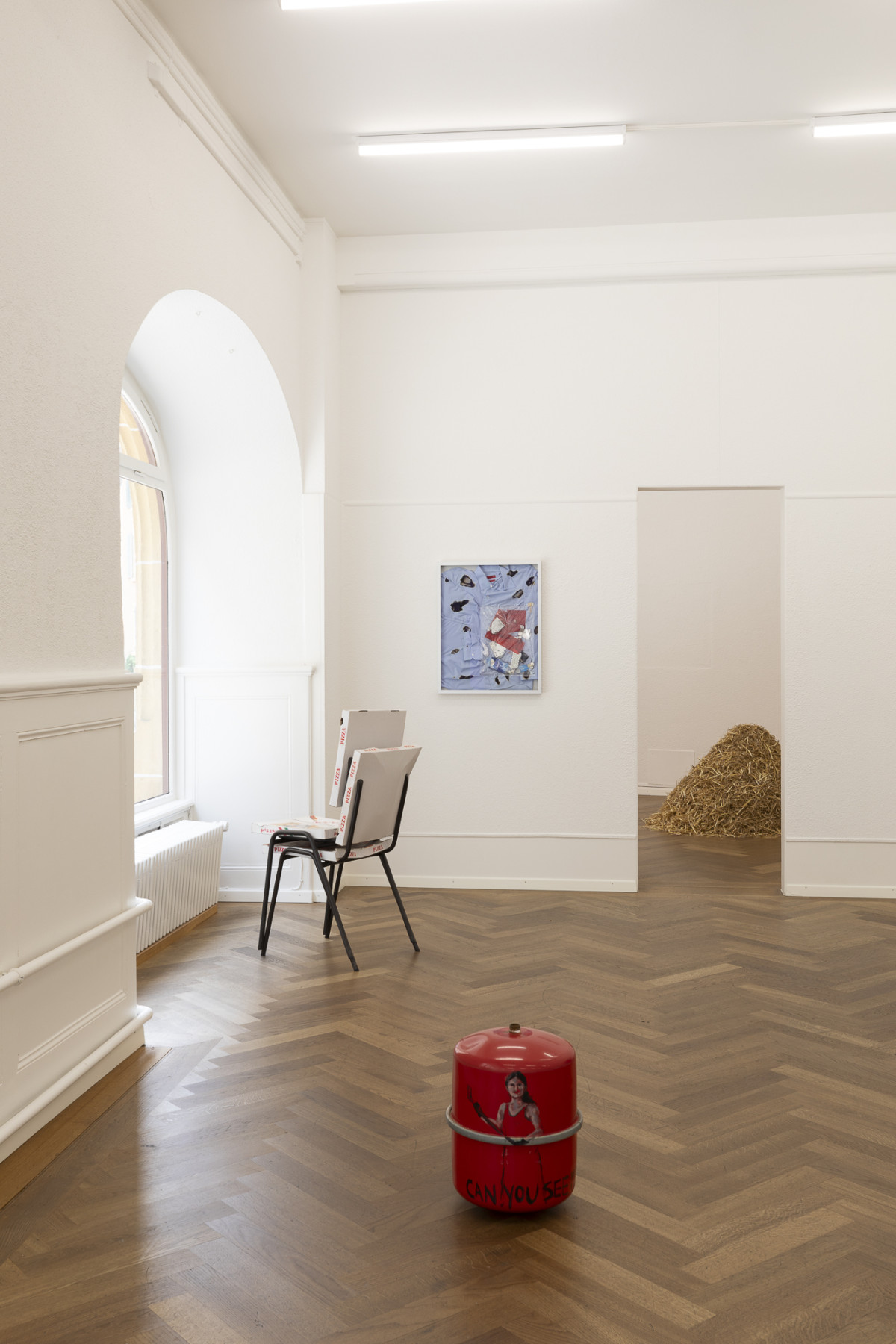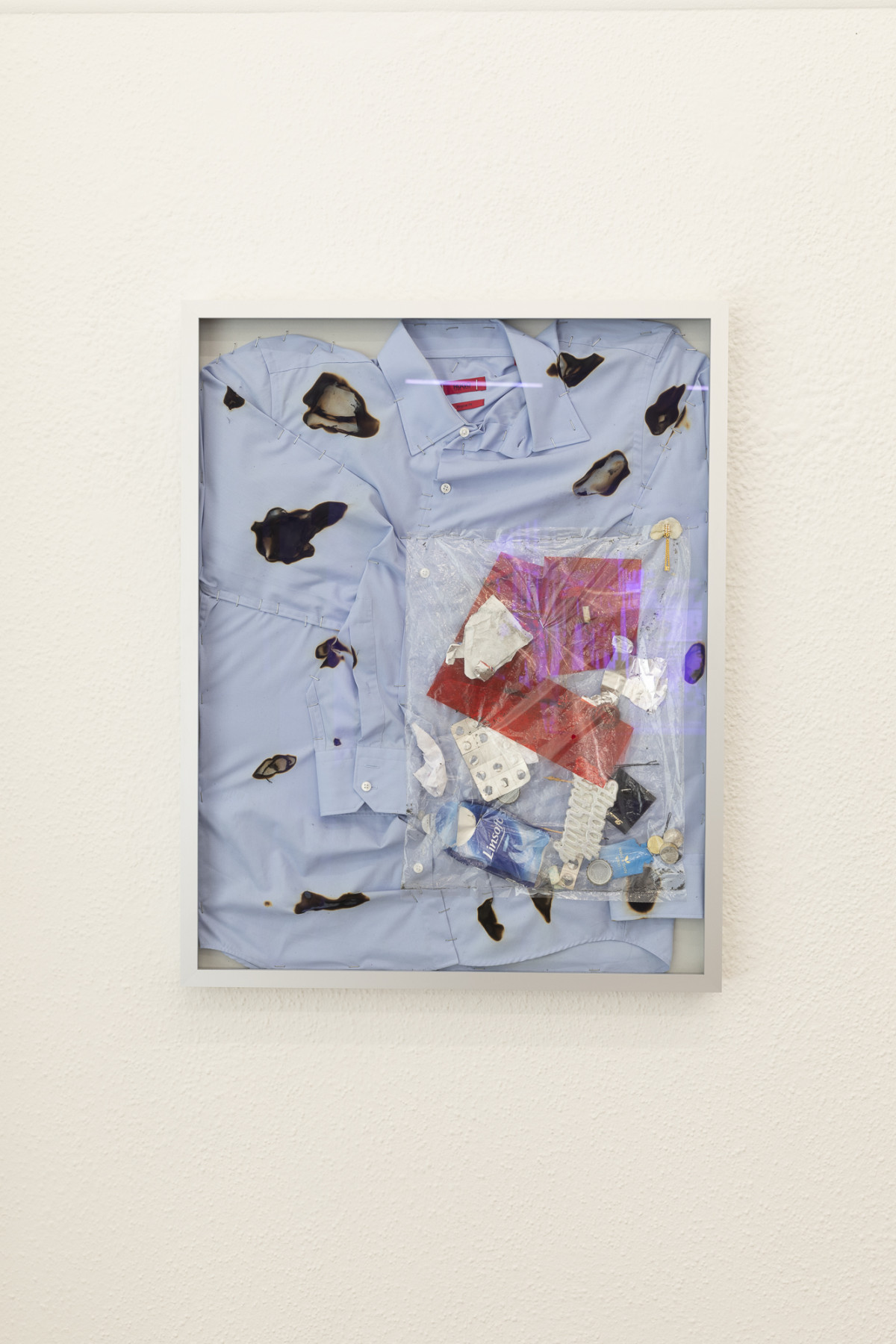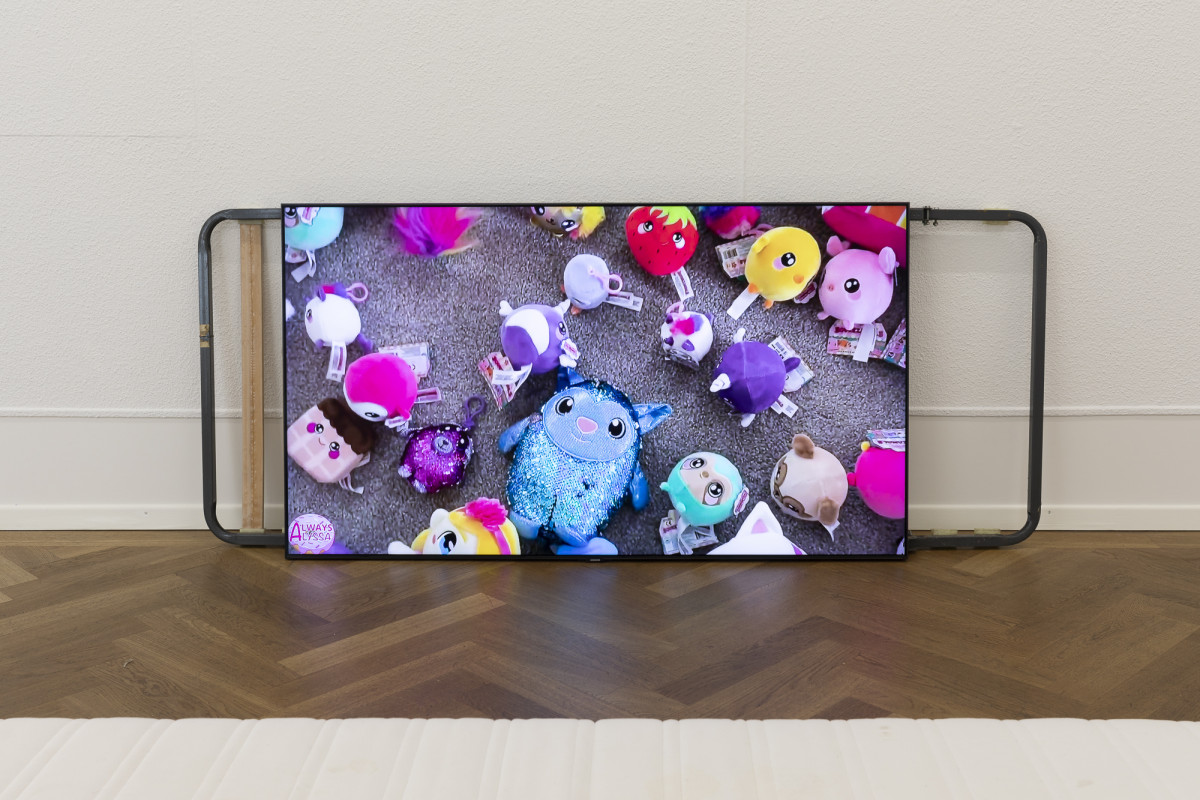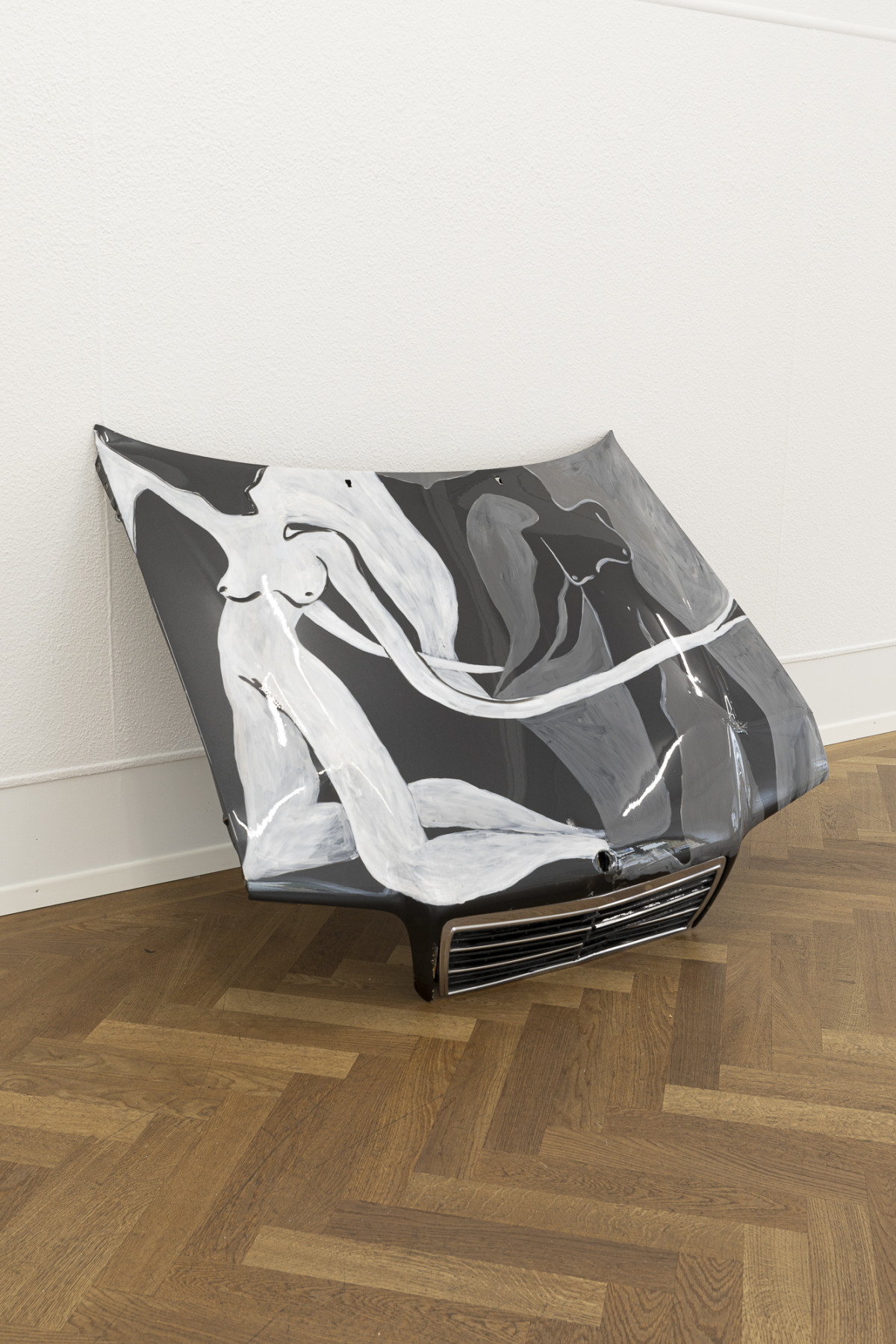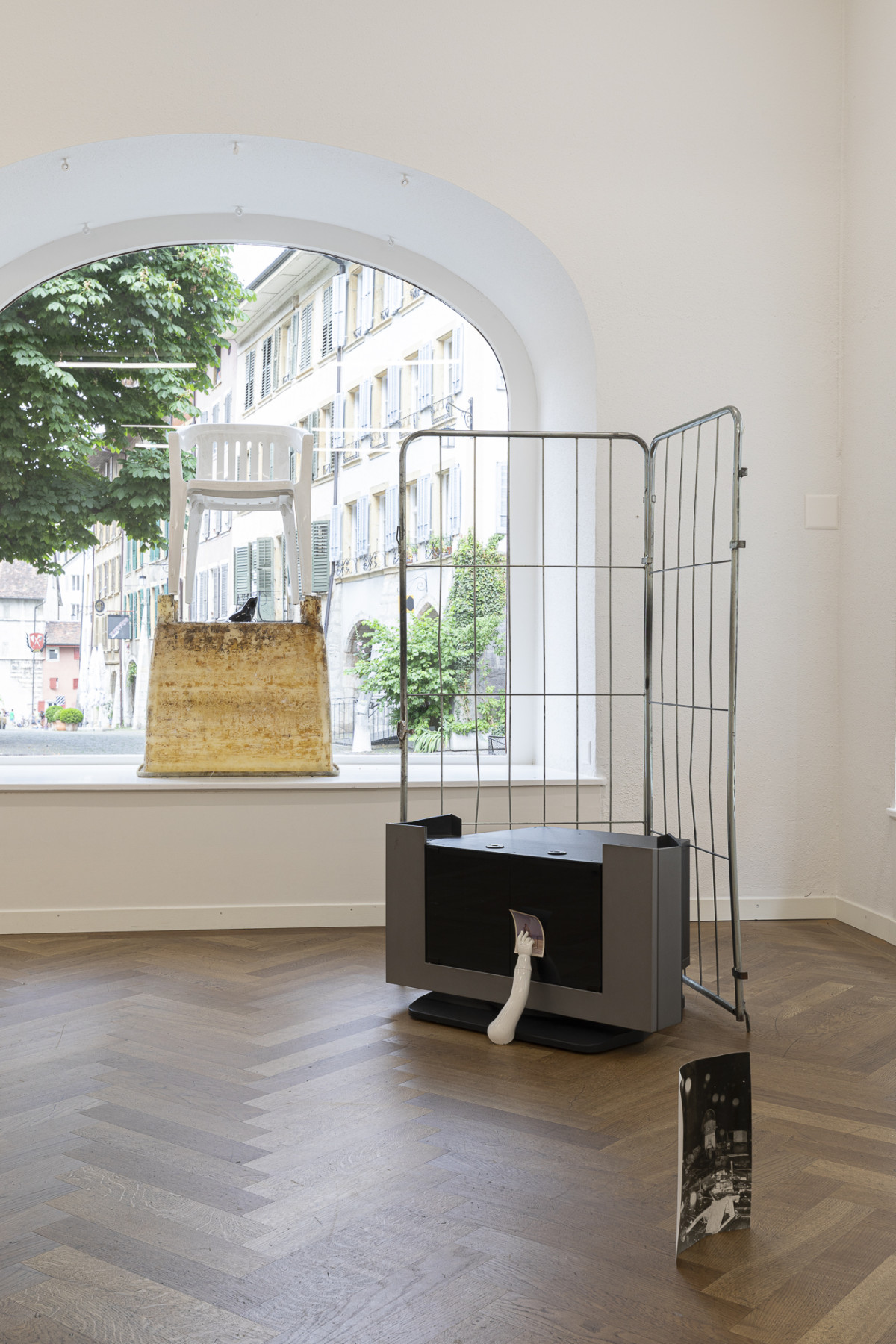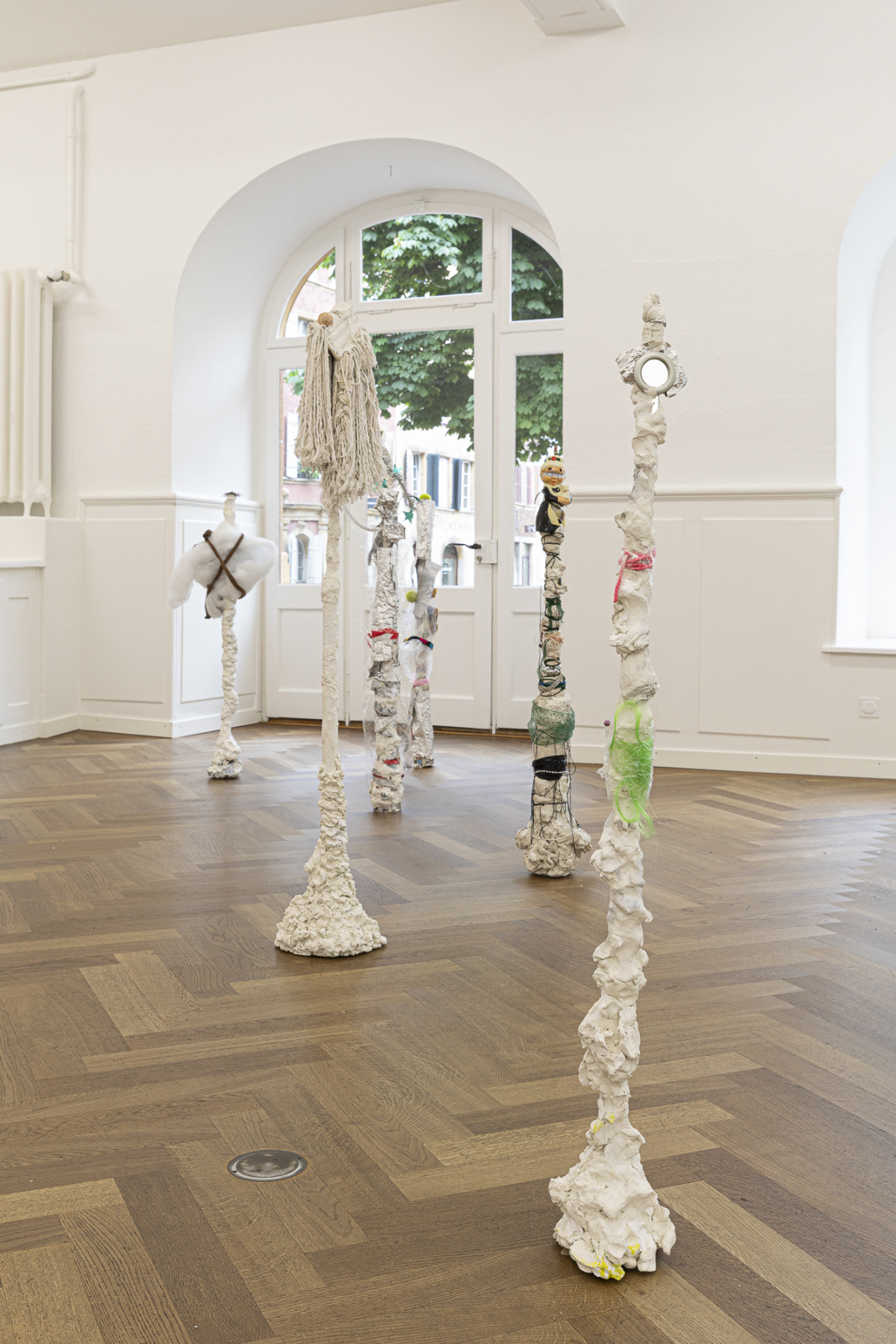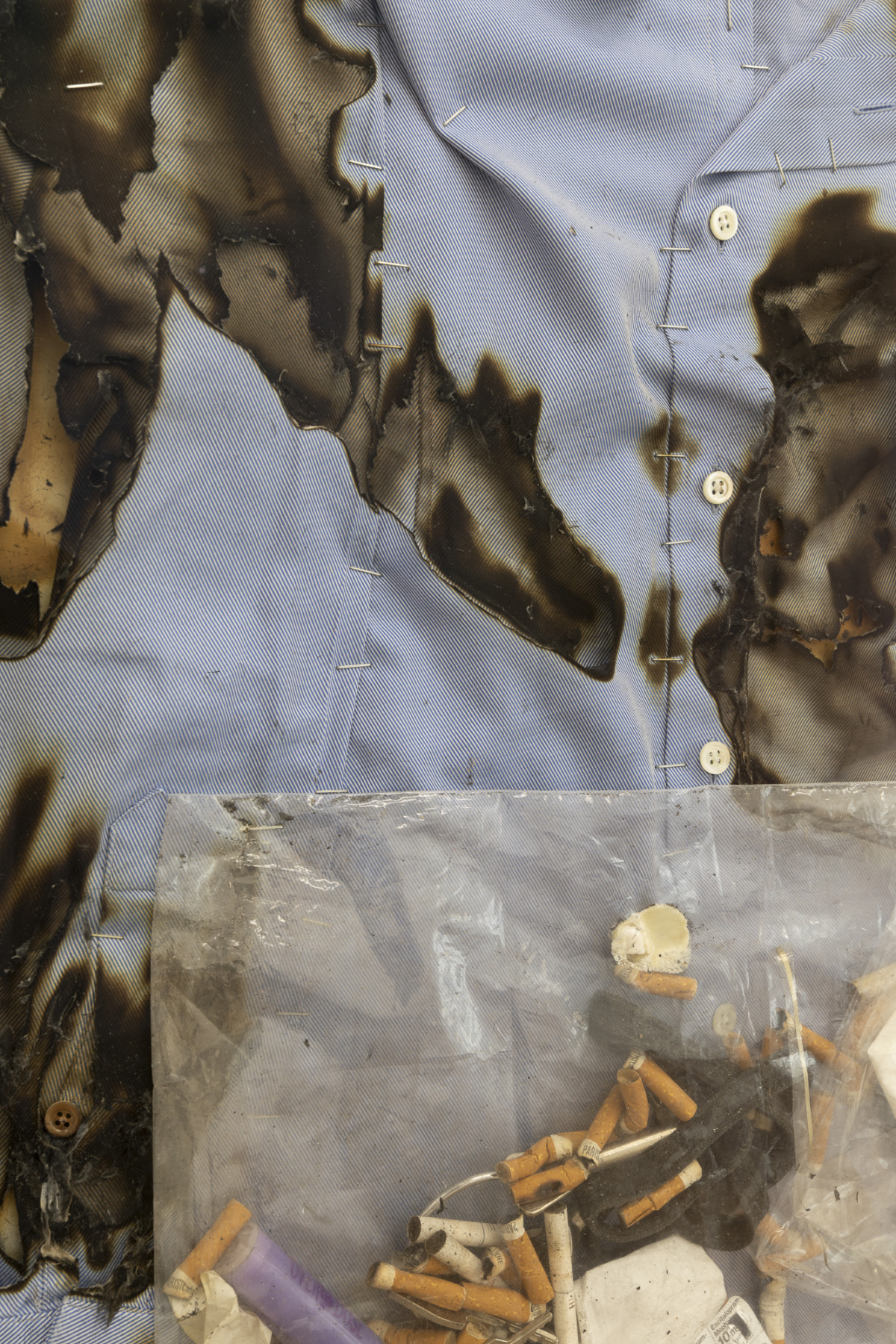THE GLEANERS, 9.6. – 26.8.2023
Vernissage
Fri, 9.6.2023, 18:00
20:00 Dj Carlos Capslock
Finissage
Sunday, 27.8.2023
15:30 Screening
"The Gleaners and I", Agnès Varda, 2000
17:00-19:00 Performances
Spoken Pizza, Andrea Marioni
Live Julie Semoroz
Opening hours
Sat, 12:00-18:00
Sun, 15:00-18:00
La récup’ est rentrée dans le marché de l’art et quand je dis marché je ne dis pas bon marché (NB: recuperation has entered the art market and when I say market I don't mean cheap market) – Agnès Varda, “The Gleaners and I” (2000)
The word “Abfall” in German means “waste” – literally the things that have fallen down. The semiotics of waste seems intrinsically rooted in a dynamic of verticality, in bringing things down. It is no surprise, then, that the politics of class and culture are similarly modelled on the spectrum of high and low. Does everything that touches the ground automatically become unwanted, poor, or trash?
Interested in reversing the gesture in an opposed verticality (down and up), French nouvelle-vague filmmaker Agnès Varda developed a particular taste for “gleaning”, the act of picking up remains from the ground. In her documentary film “The Gleaners and I”, she travels to rural and urban regions of France to capture the realities of gleaners, finders, collectors, pickers. From fields to markets’ leftovers and artist studios, Varda poetically examines the practice of gleaning on a social, cultural and political level, funnelling it into a landscape of interpretations.
Originally, the word “gleaning” came from agriculture when gleaners – mostly women – gathered leftovers from the field after harvest. Today, the practice of gleaning inherently echoes an alternative system of distribution and supply – a secondary economy based on the thrown-away and unwanted, which reveals social disparities but also responds to a form of circularity and the amplification of resource potential, sustainability and reuse.
Could gleaning be a vehicle for transformation and subversion? By fishing visuals, concepts and objects, artists are at the centre of this bottom-up practice, elevating the “ordinary object" to art while challenging the same time notions of appropriation in institutional contexts. The collective exhibition THE GLEANERS investigates the art of gleaning and how it renegotiates systems of production, symbols and values. It looks at the unorthodox and serendipitous assemblages, the found objects that tell stories, and the gleaning economy that allows us to tackle some of today’s most pressing and critical questions.
